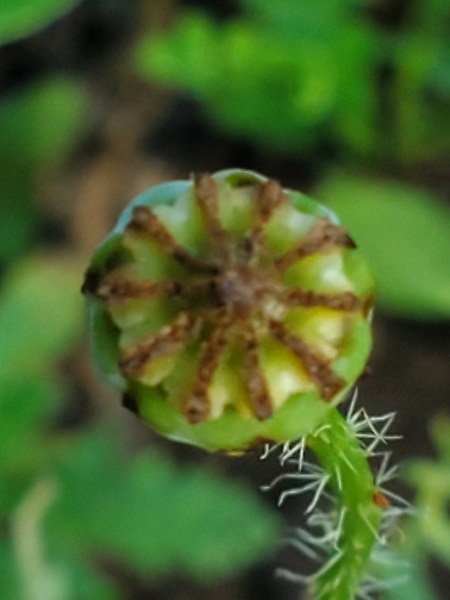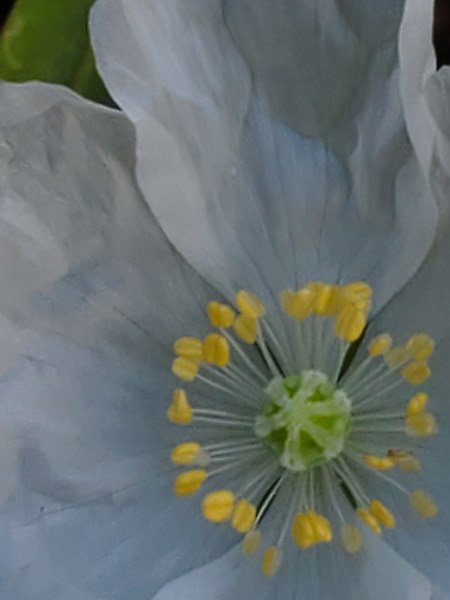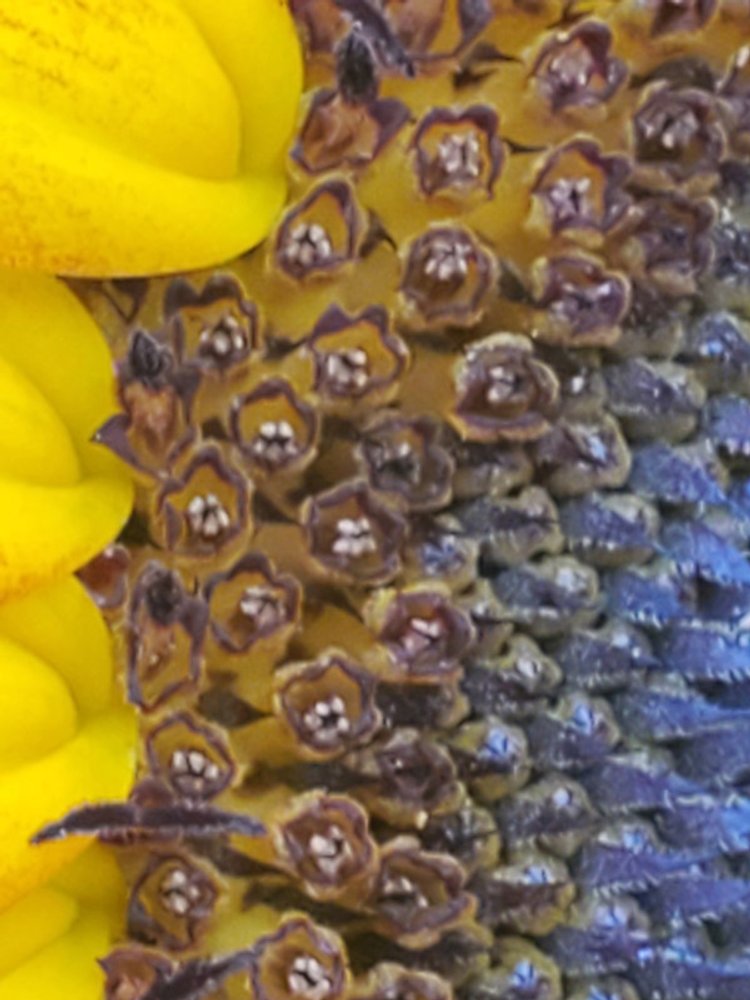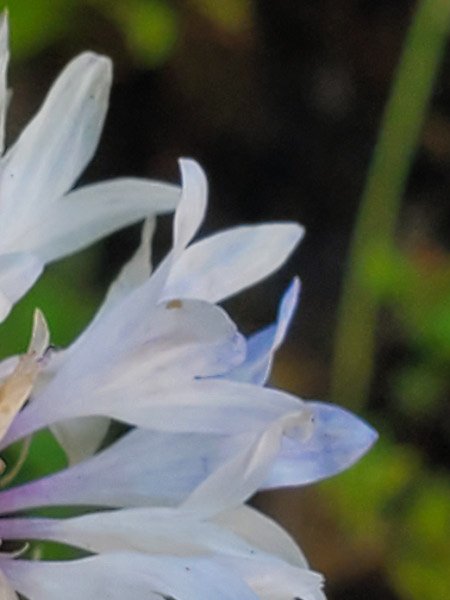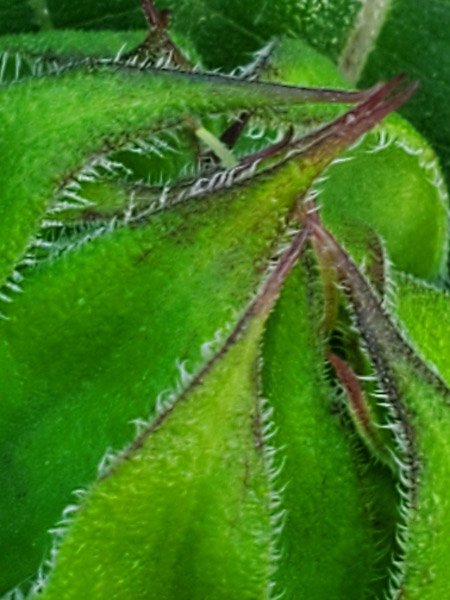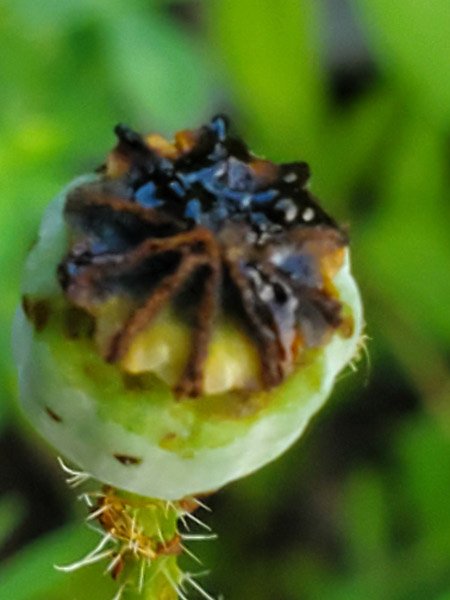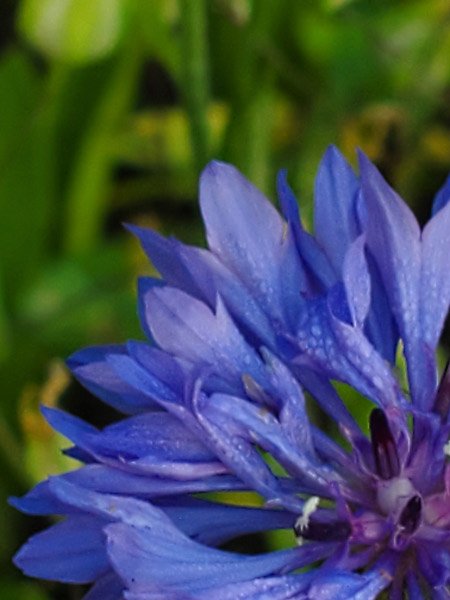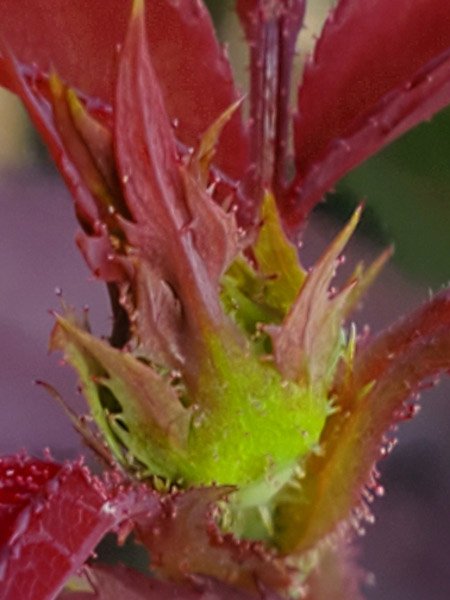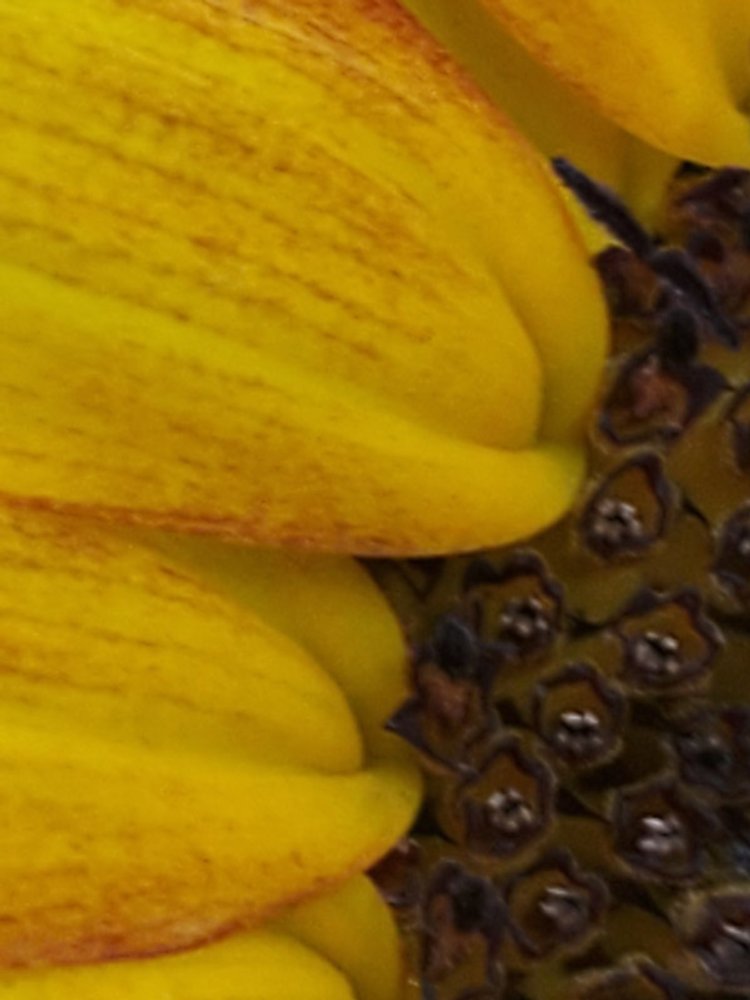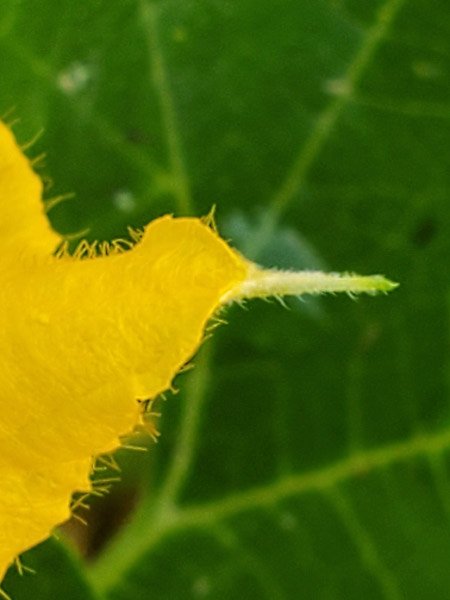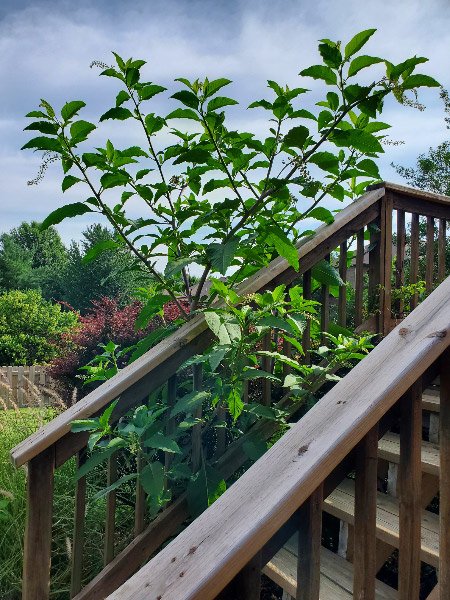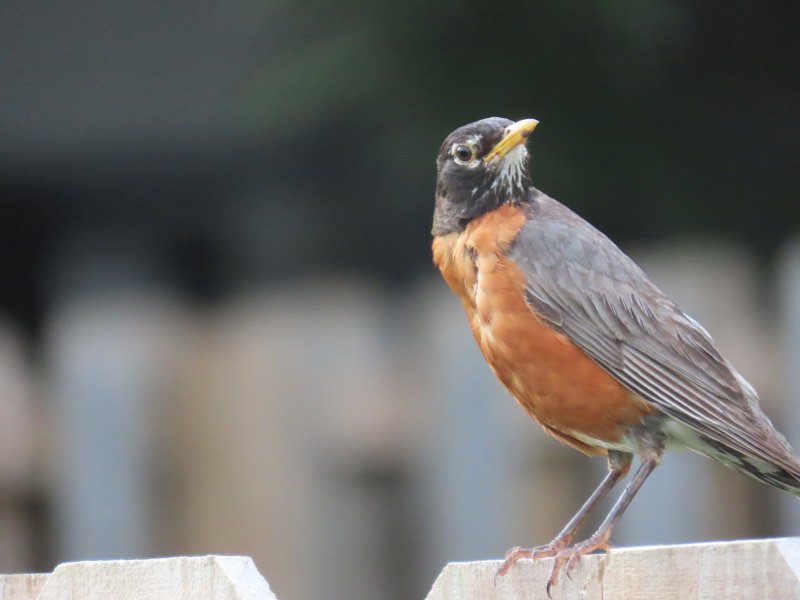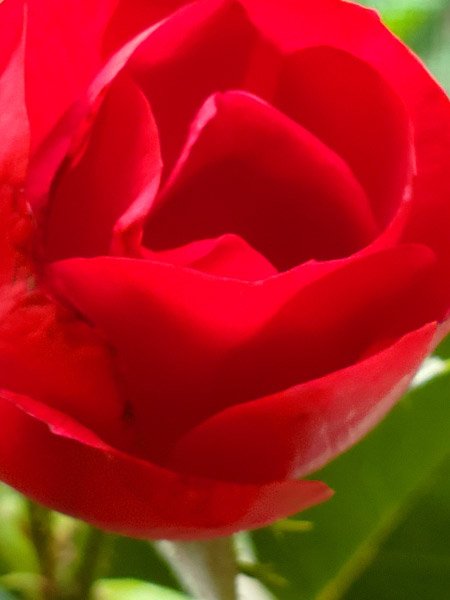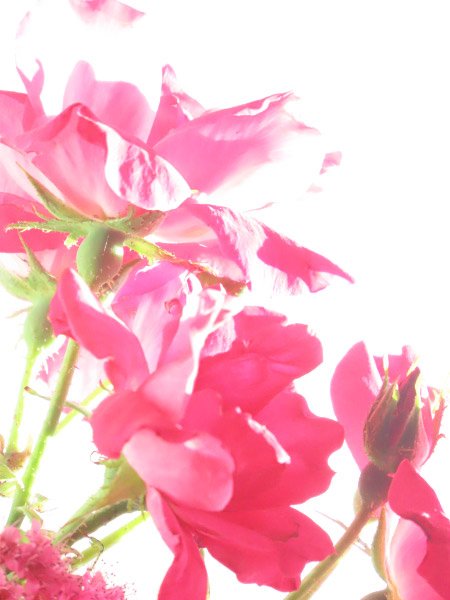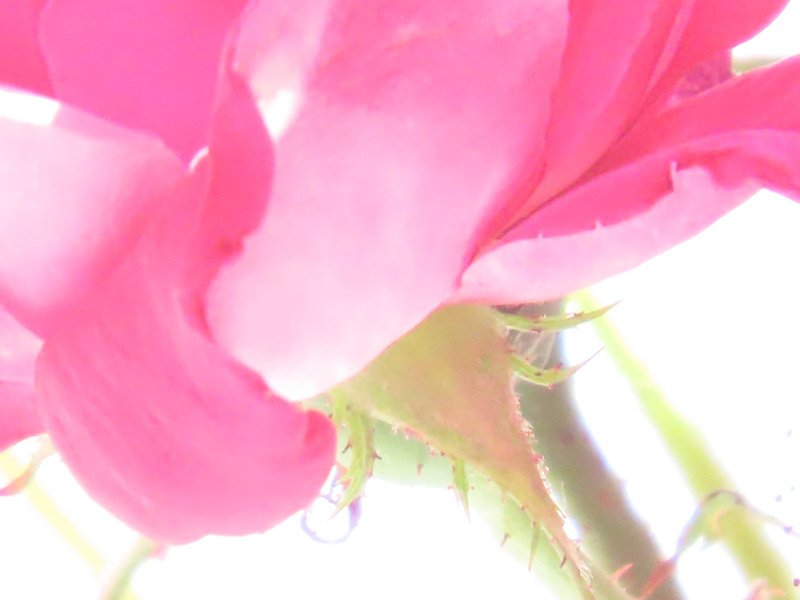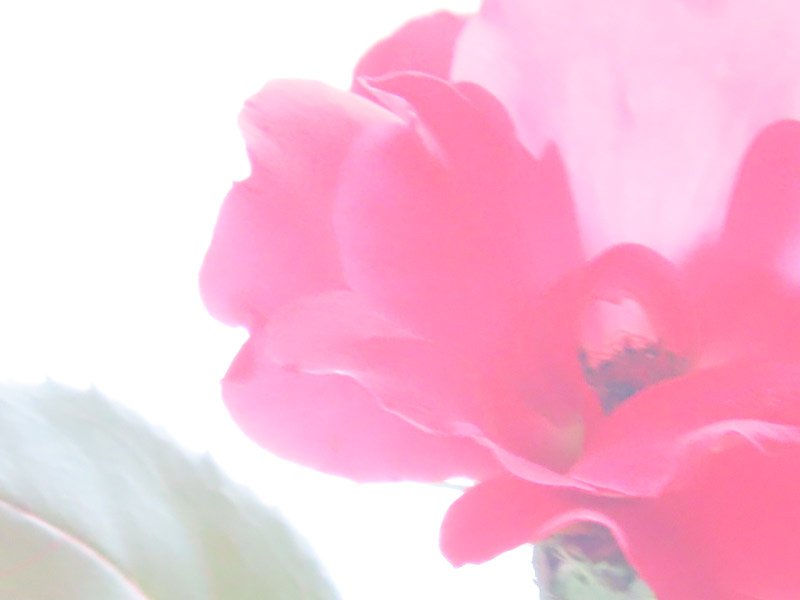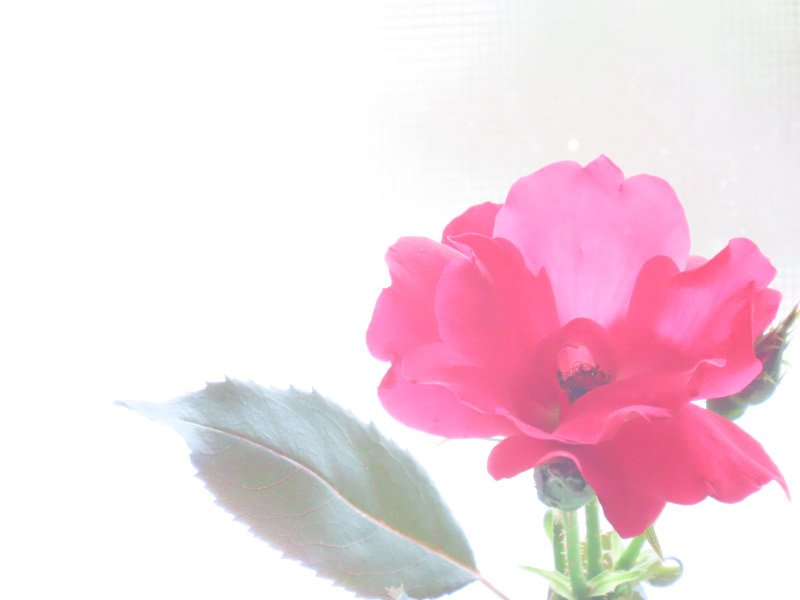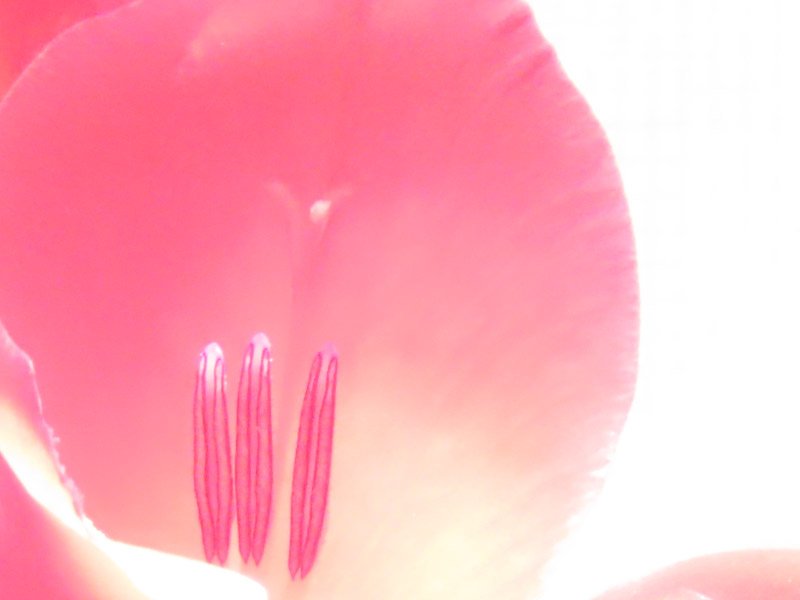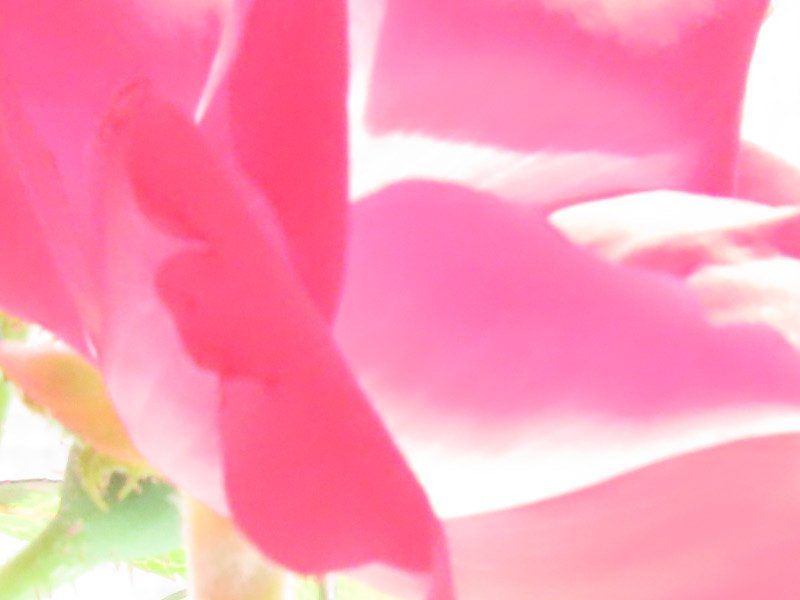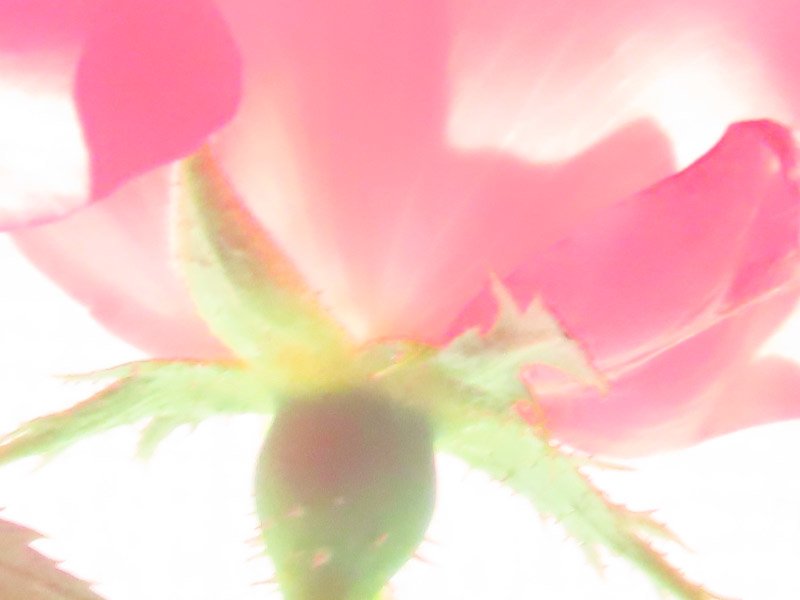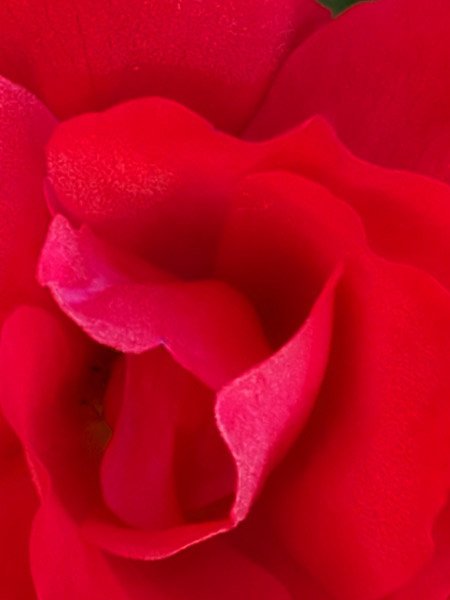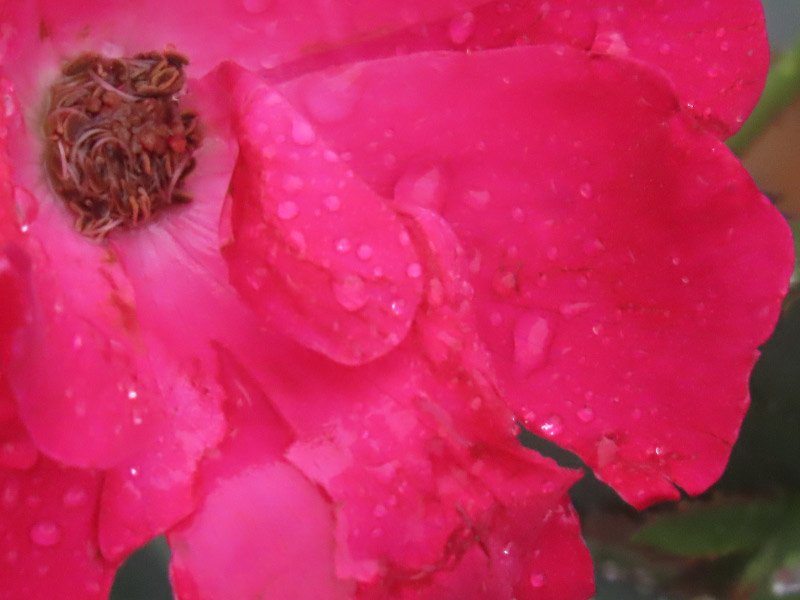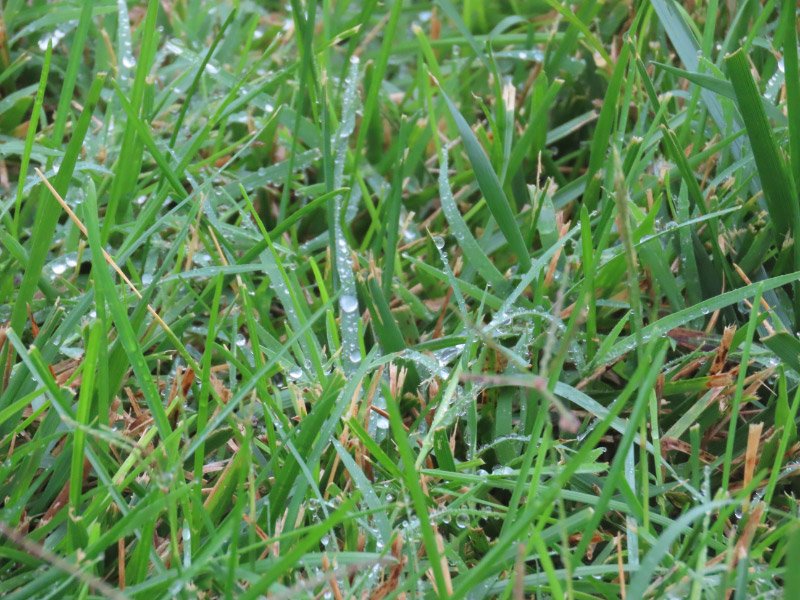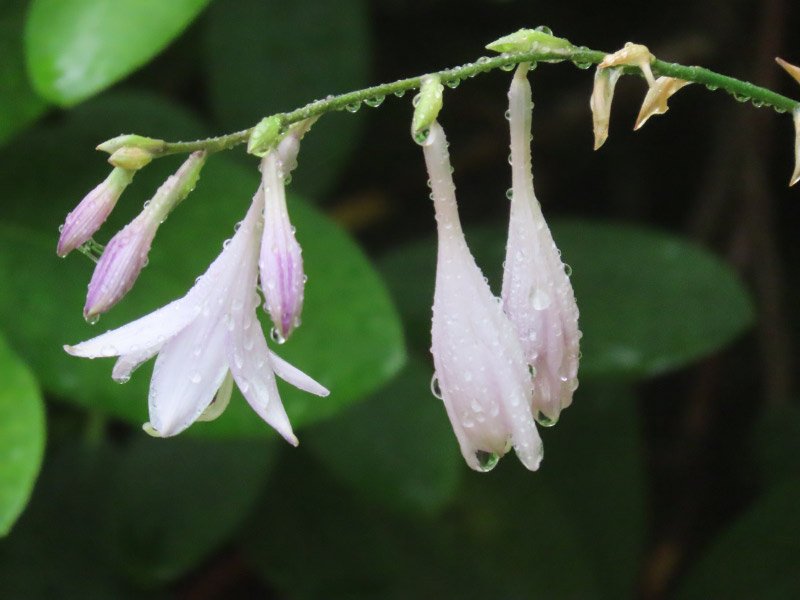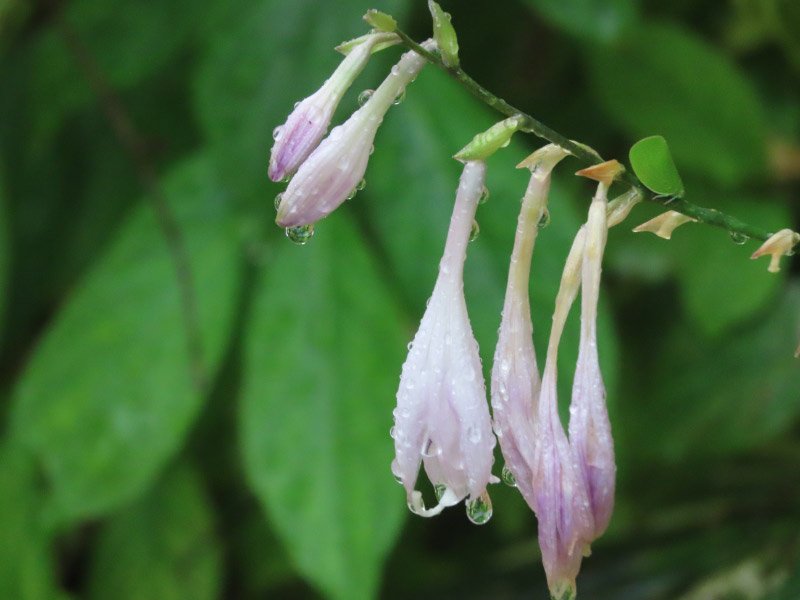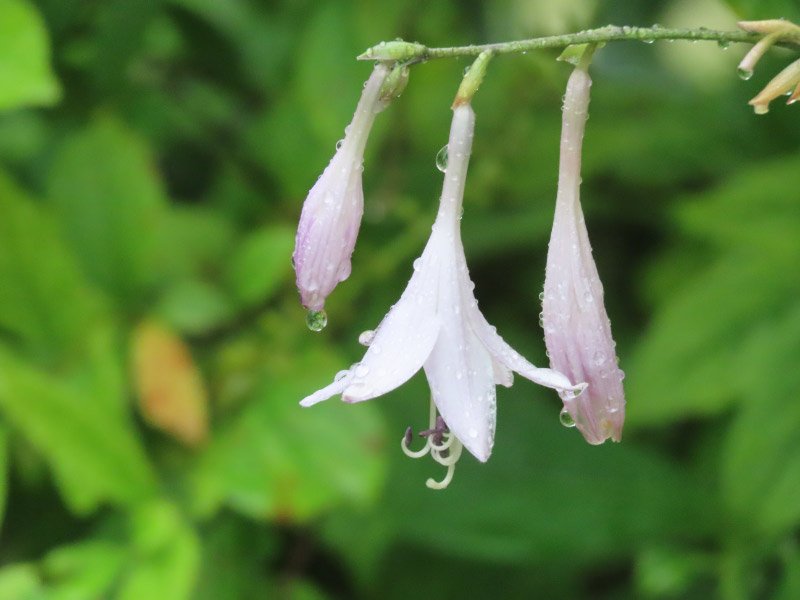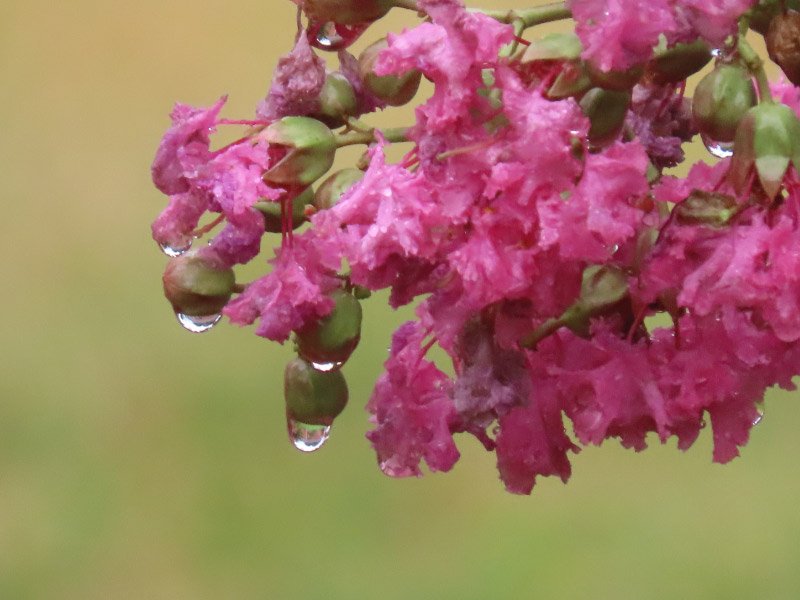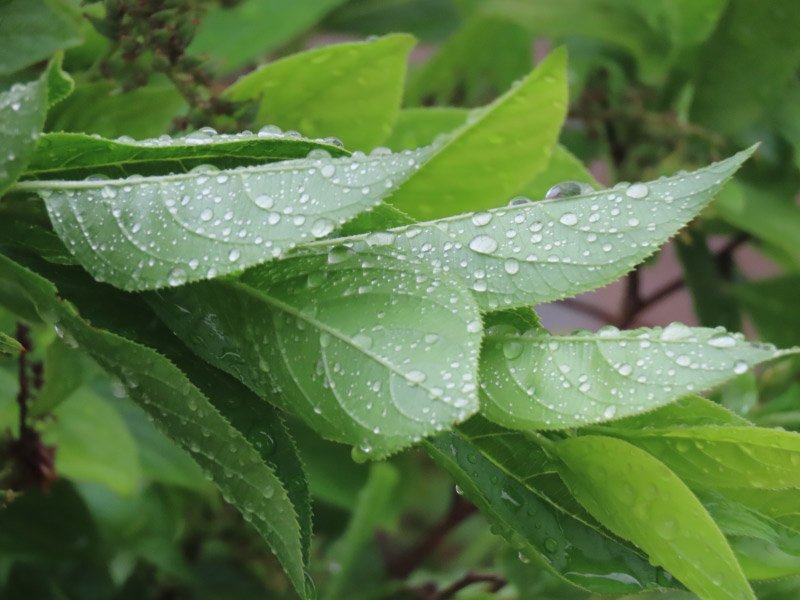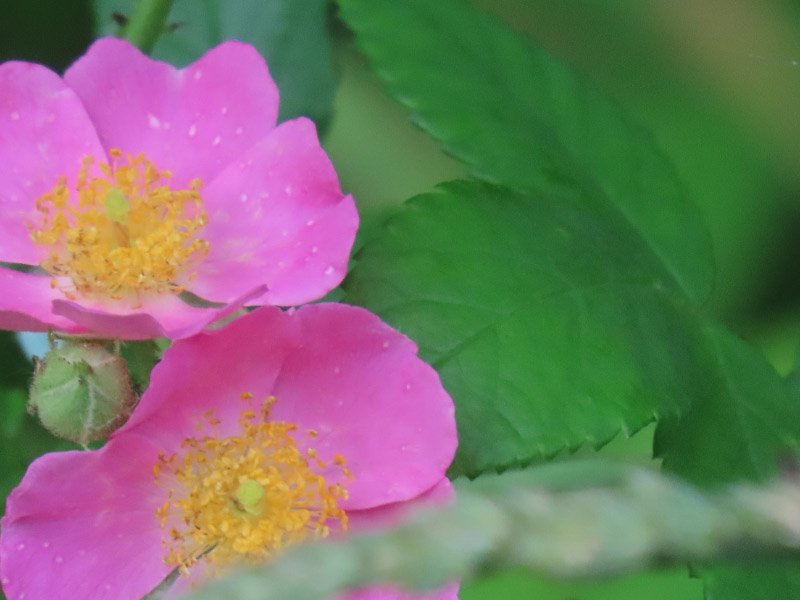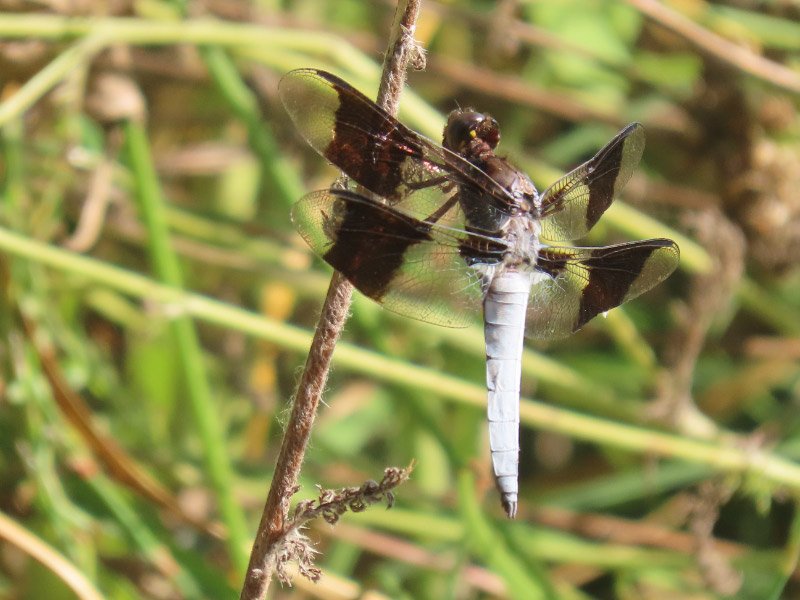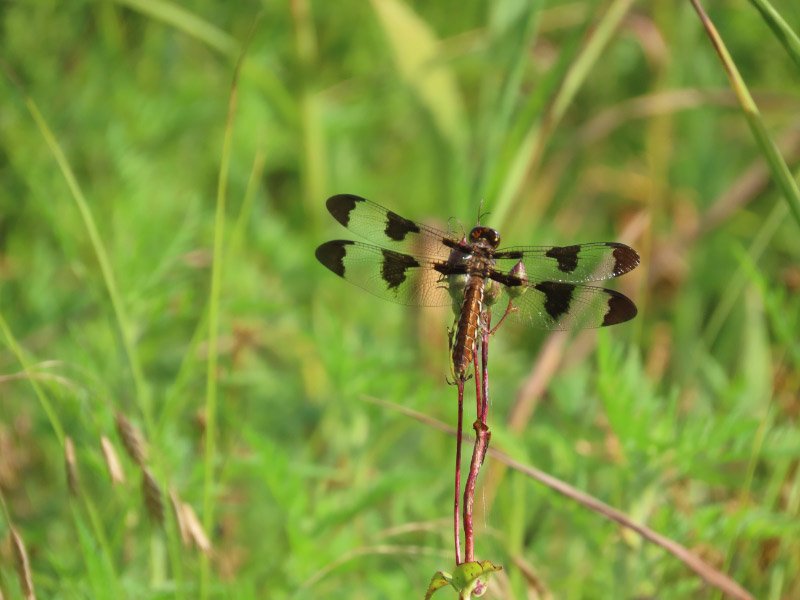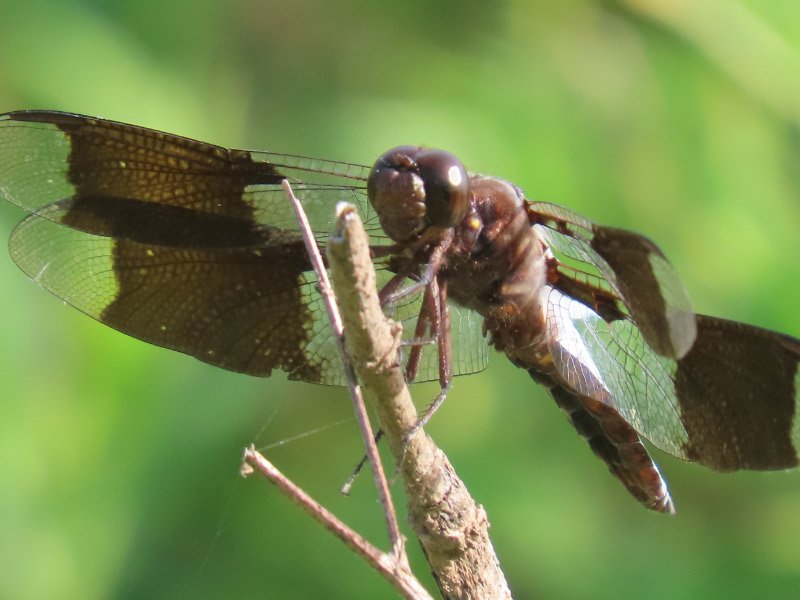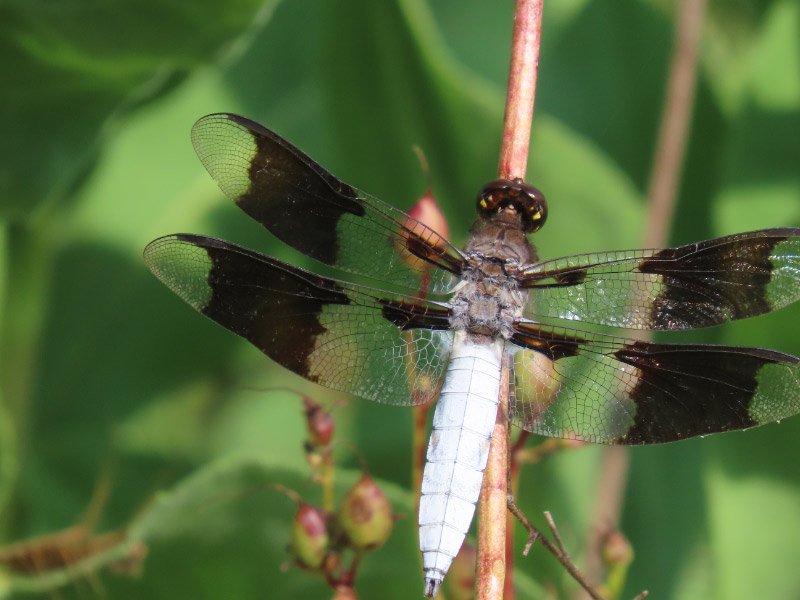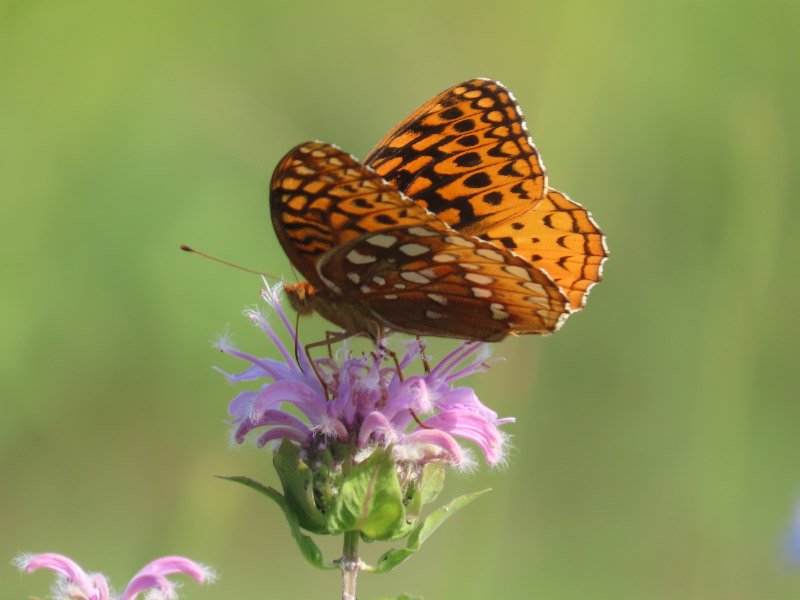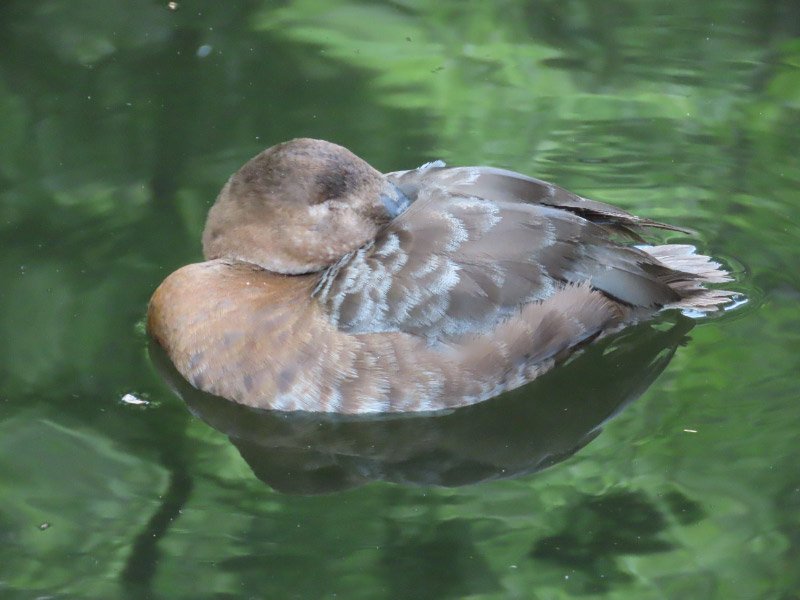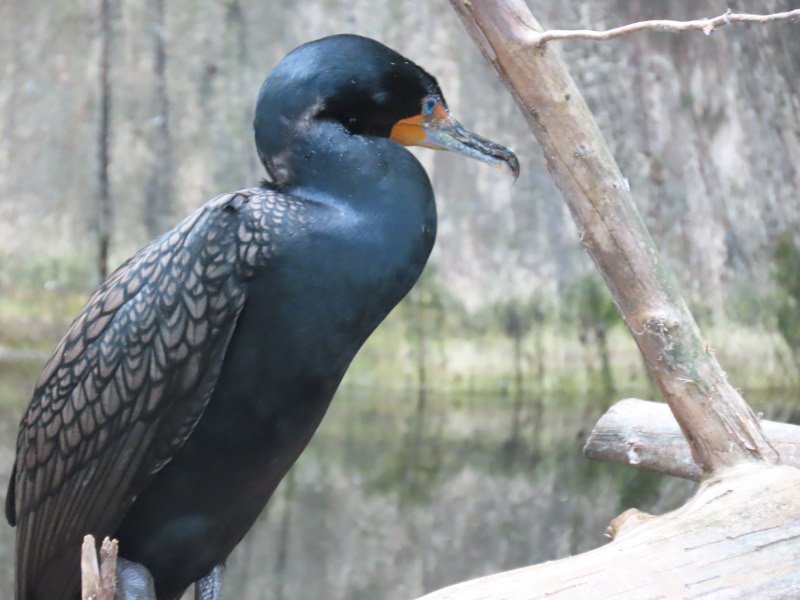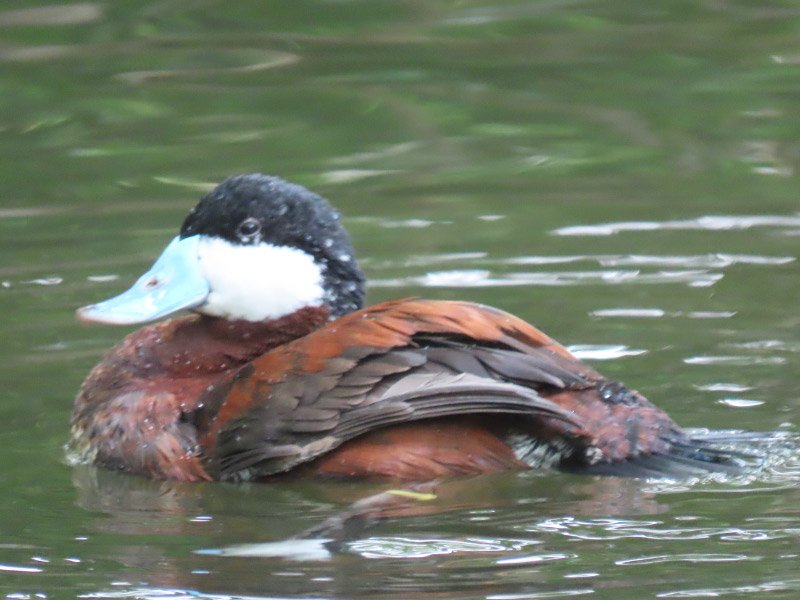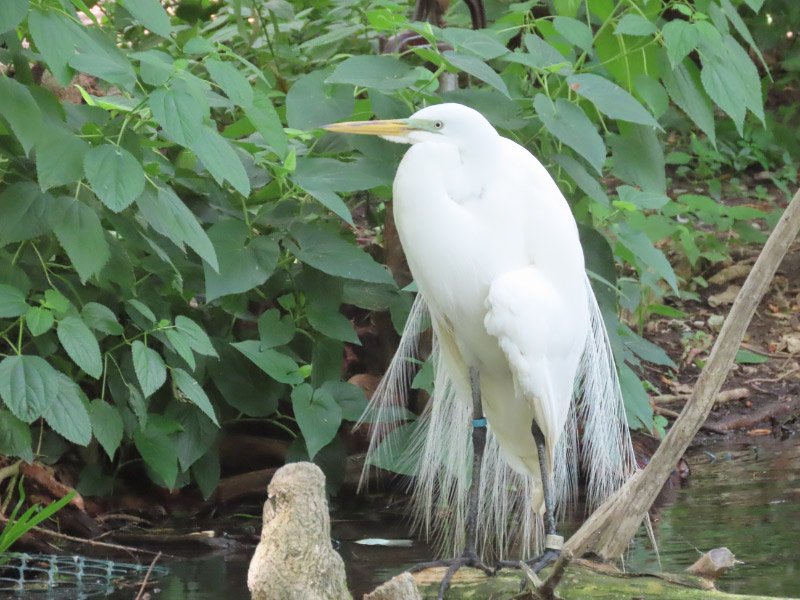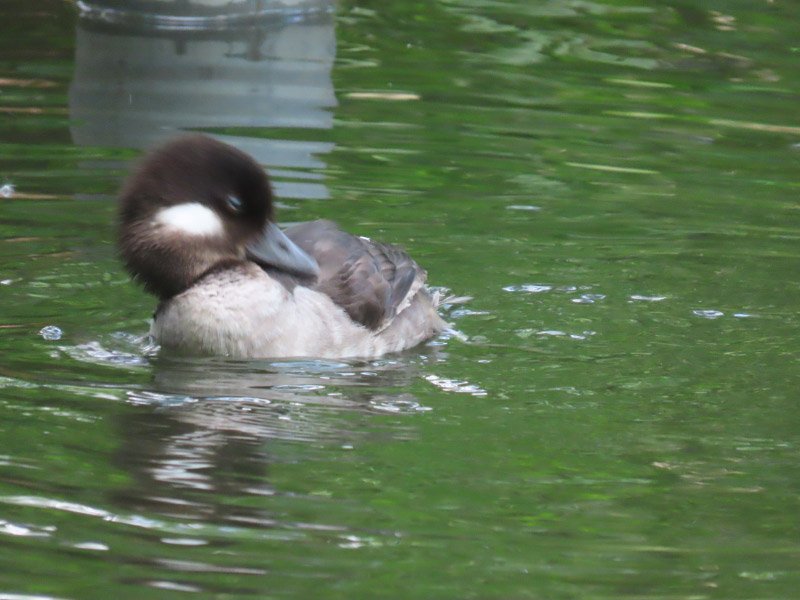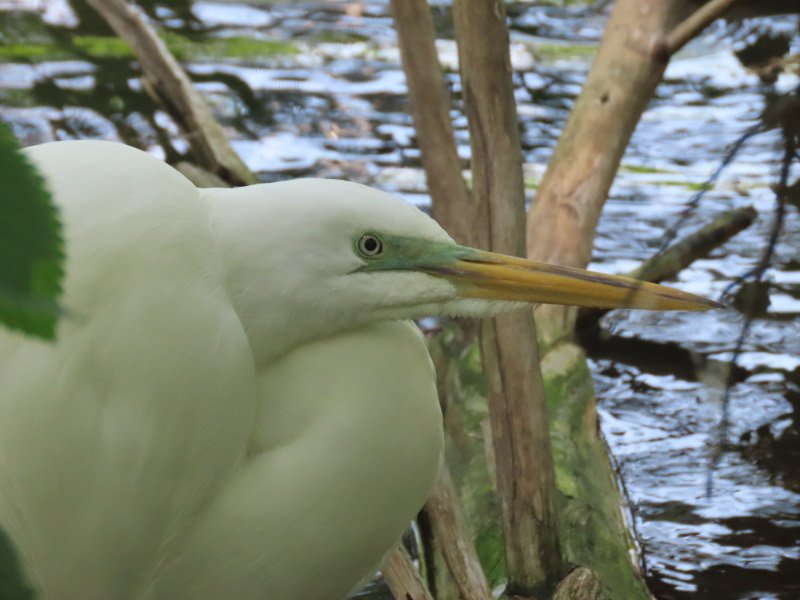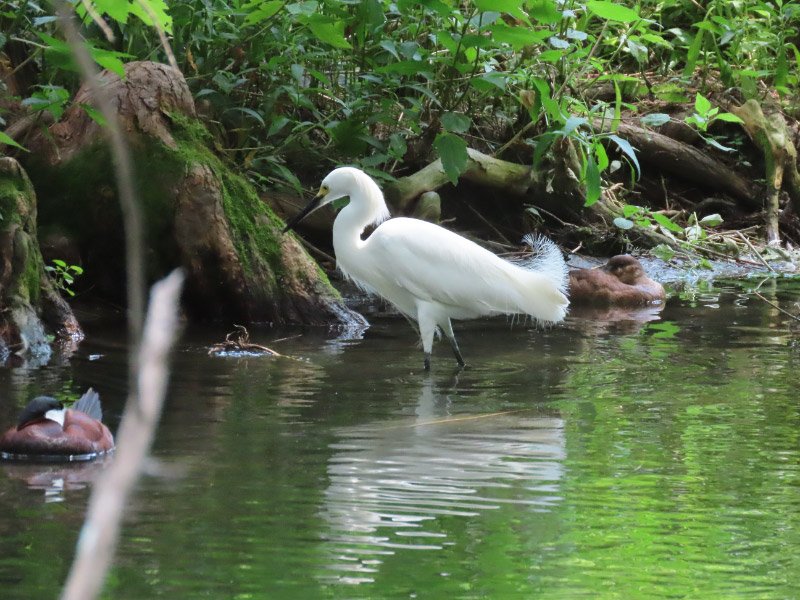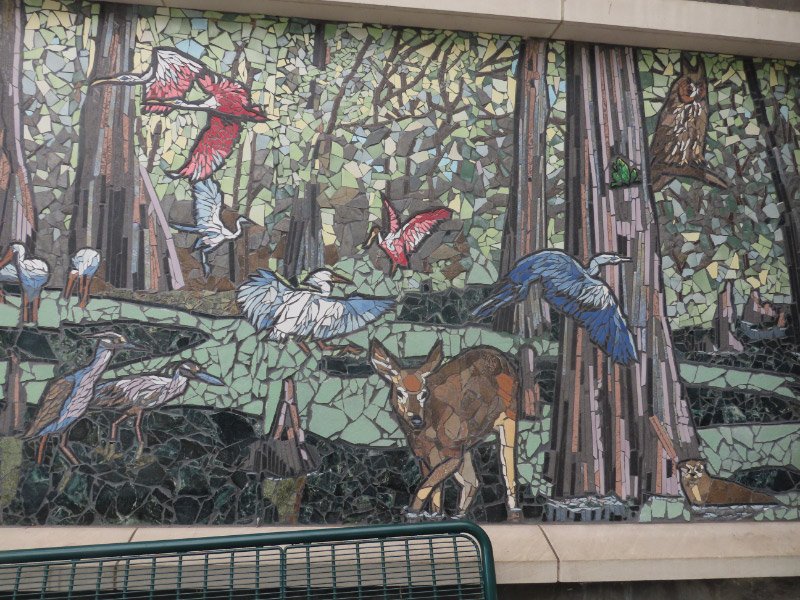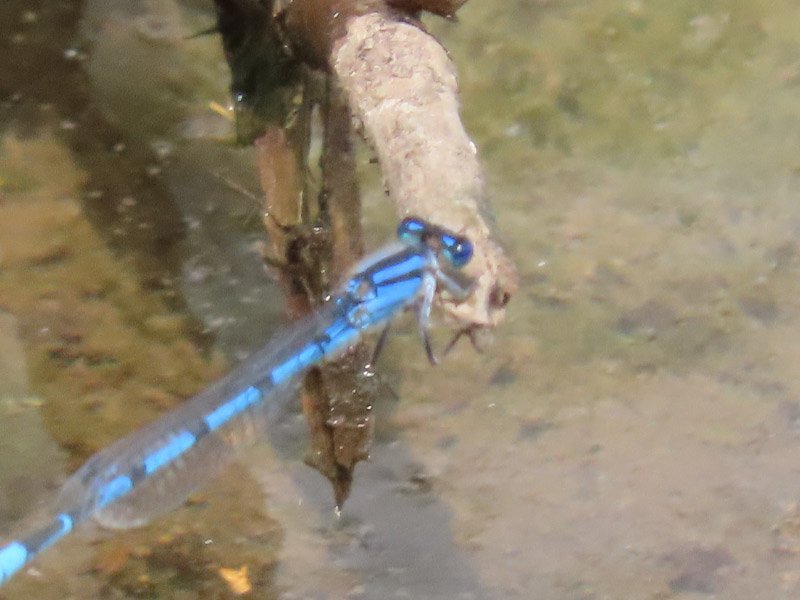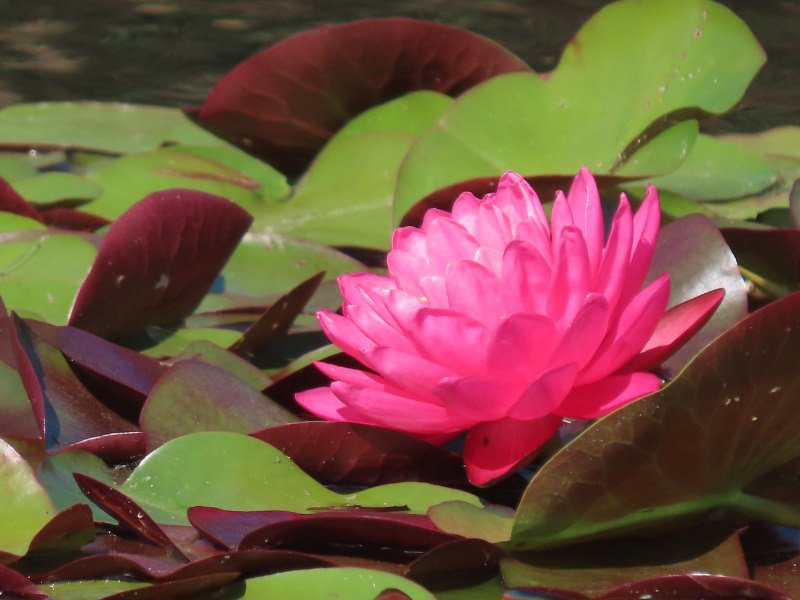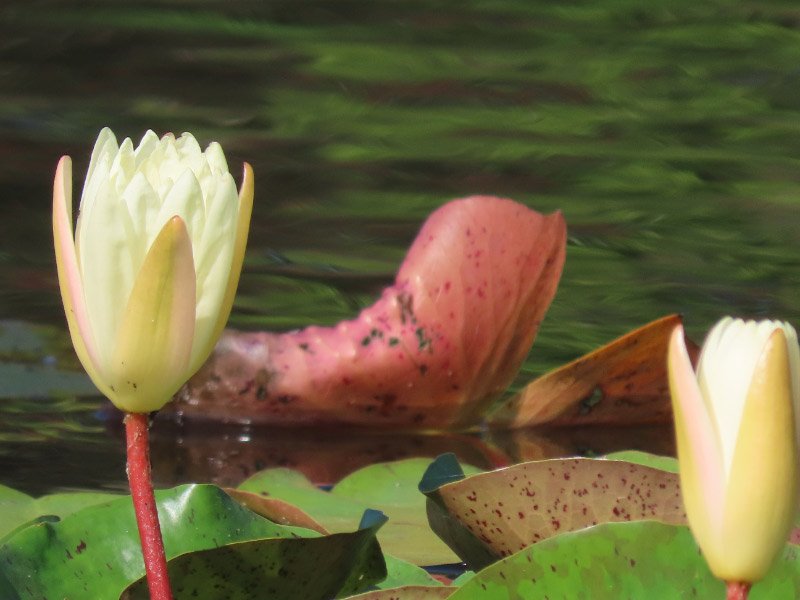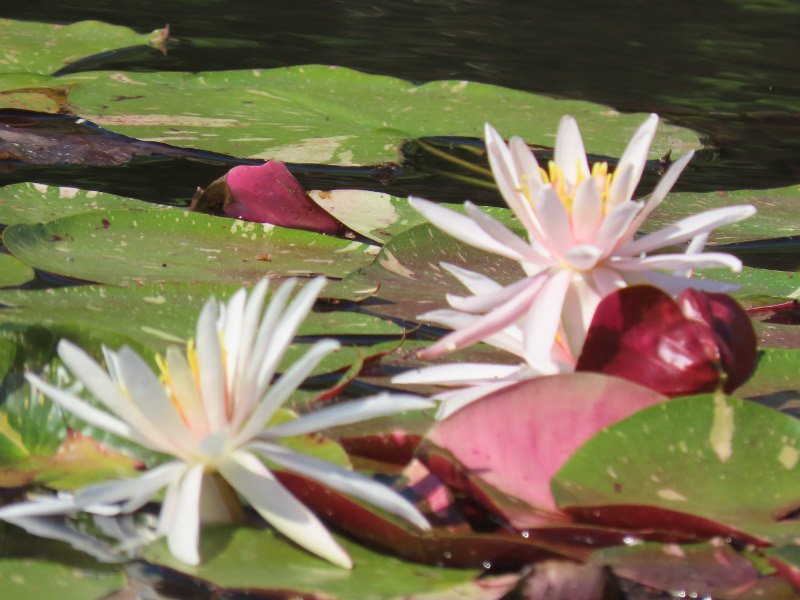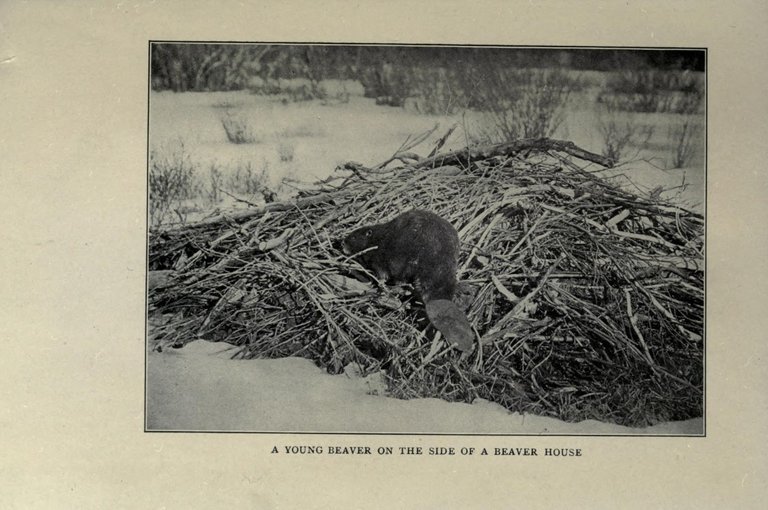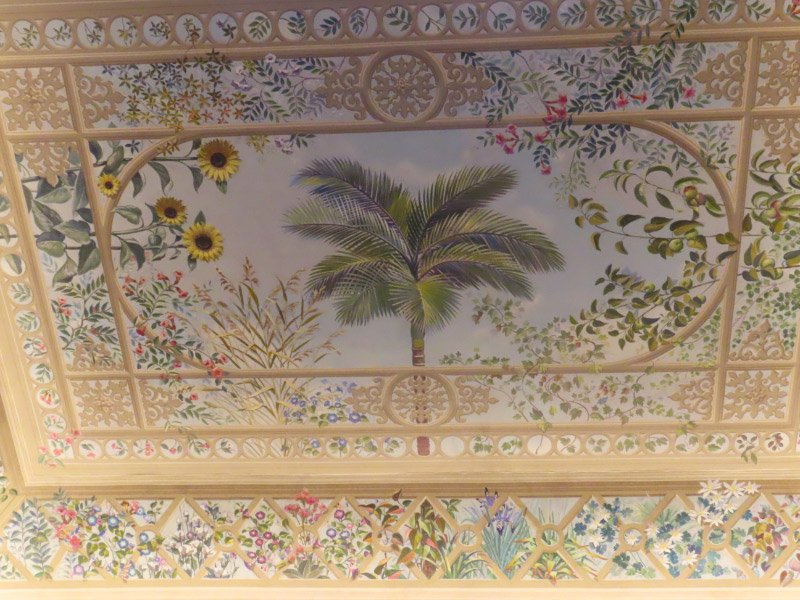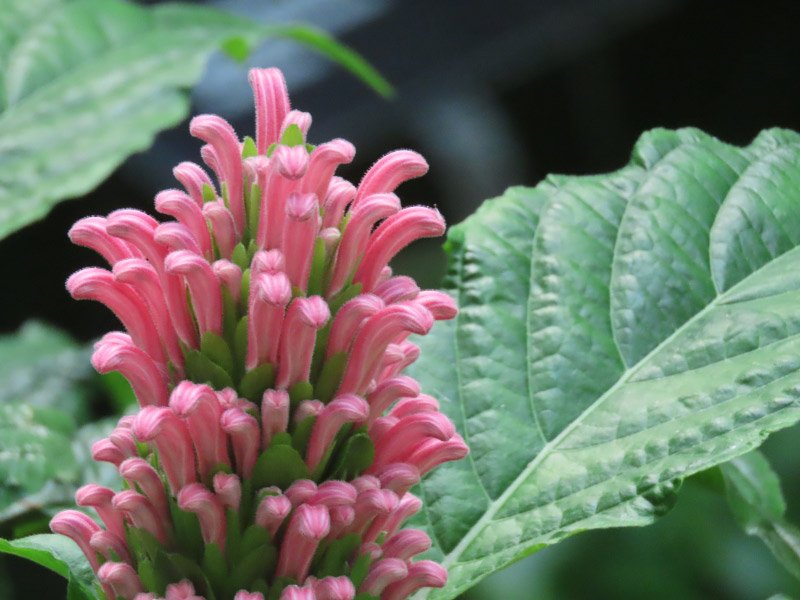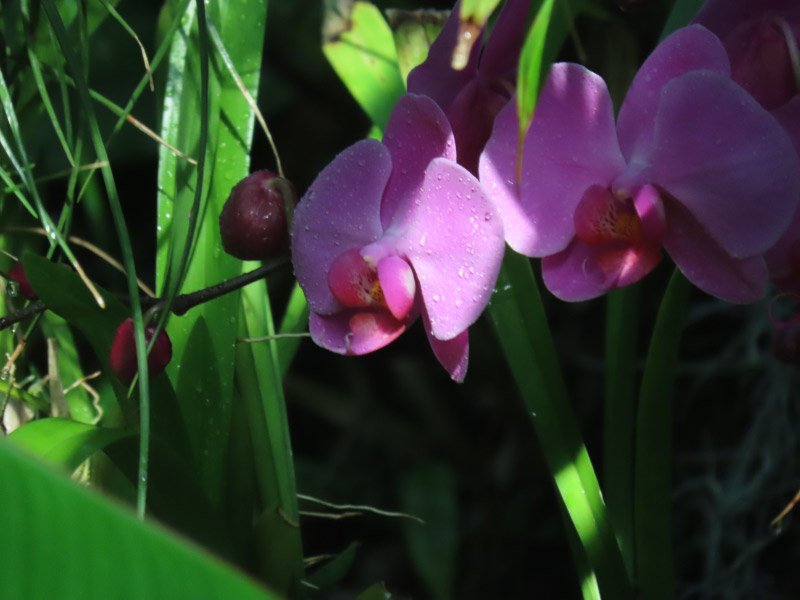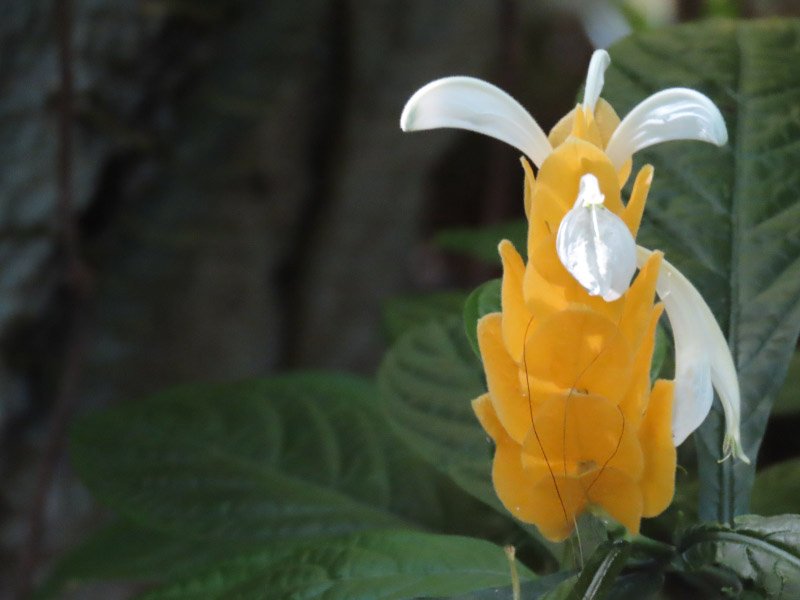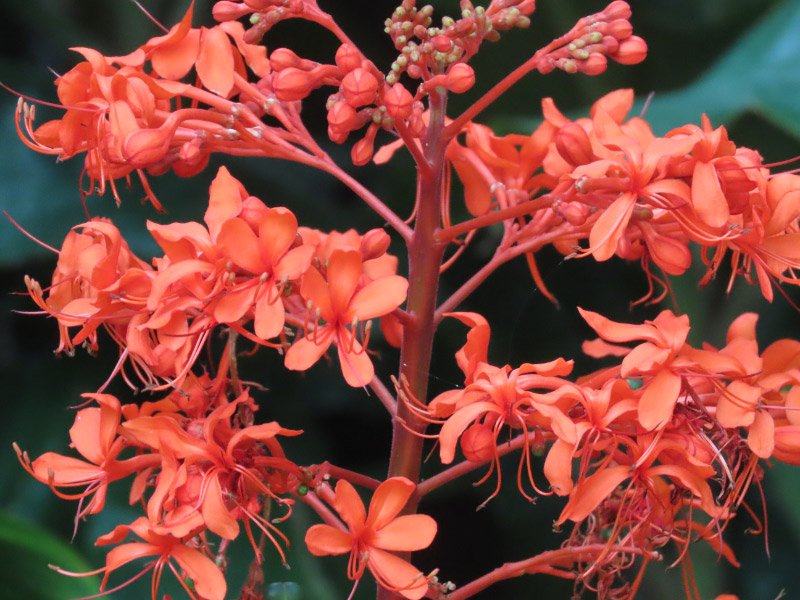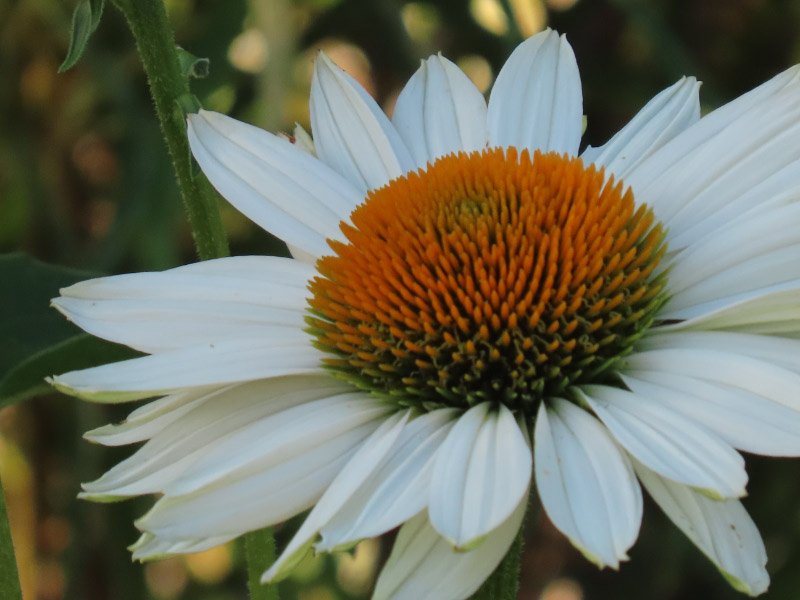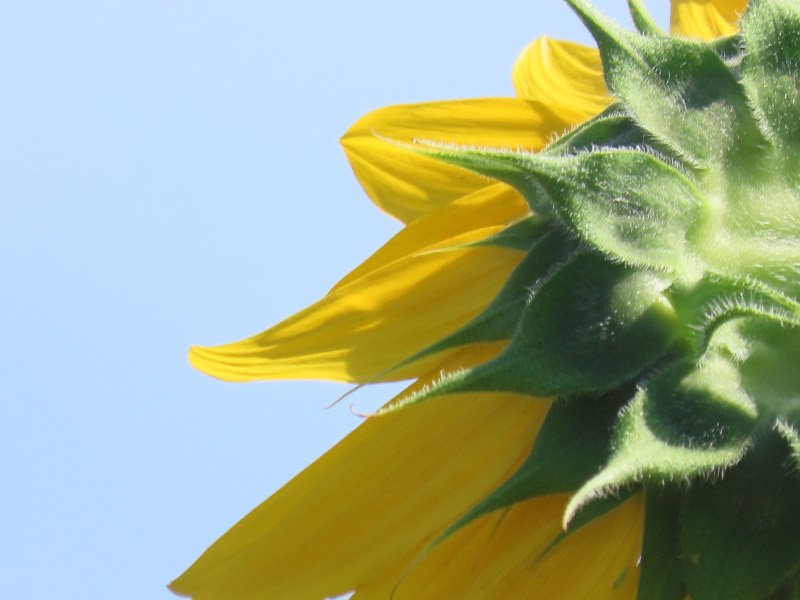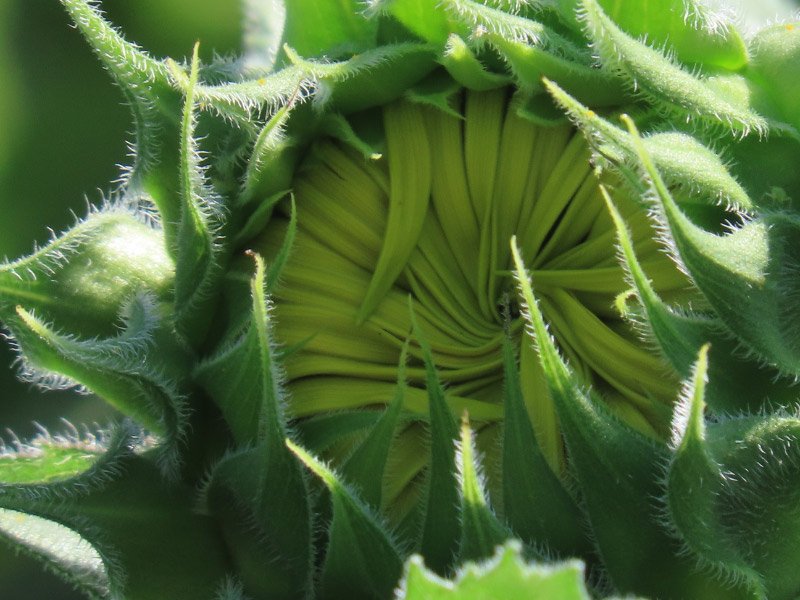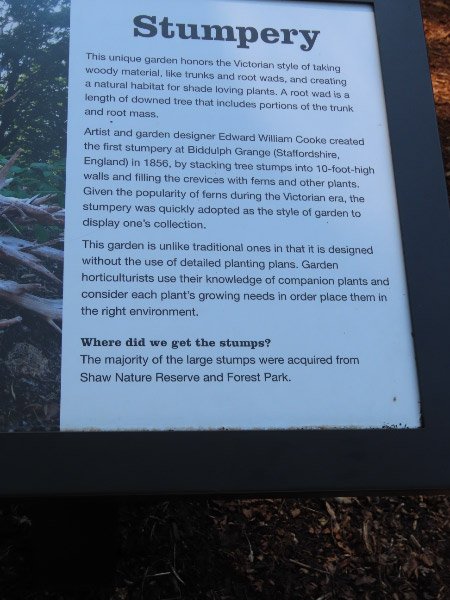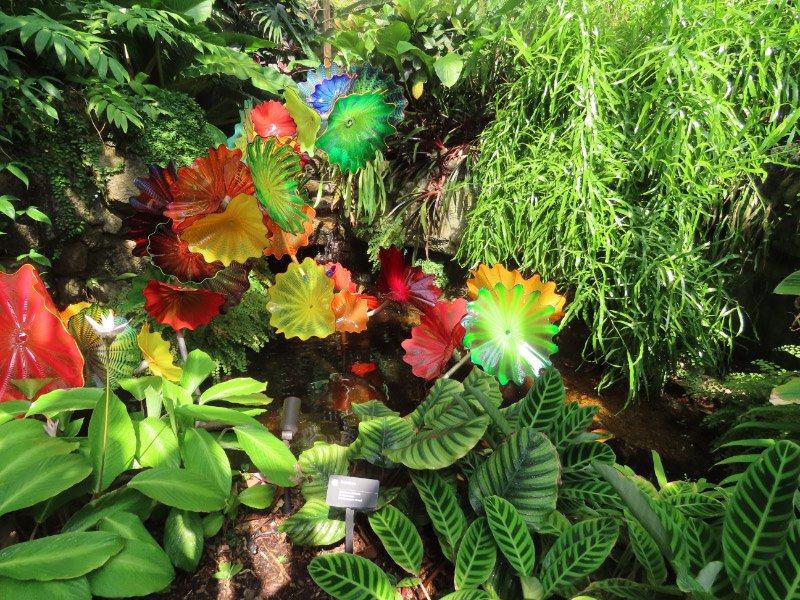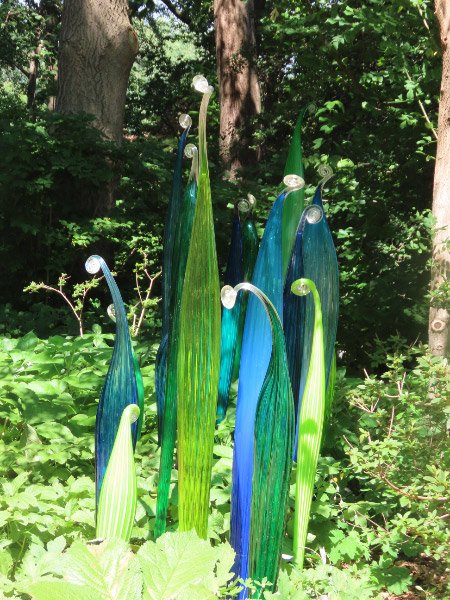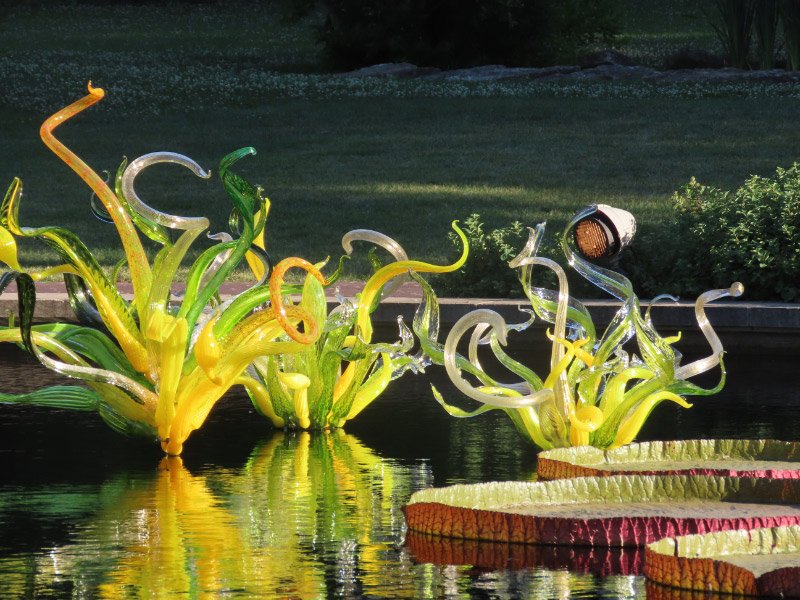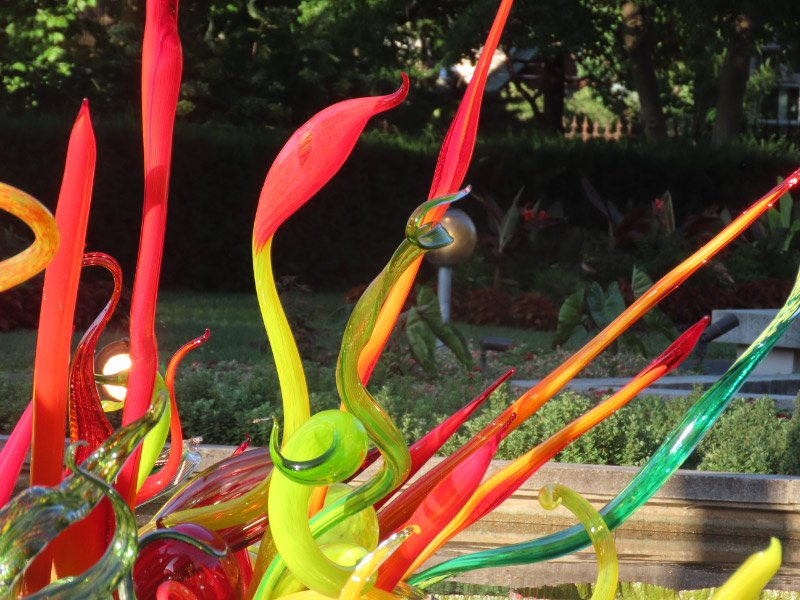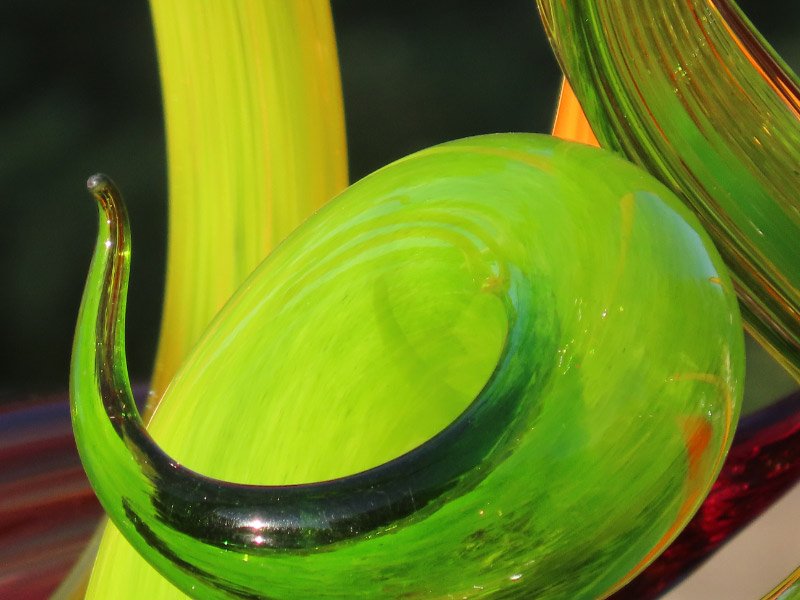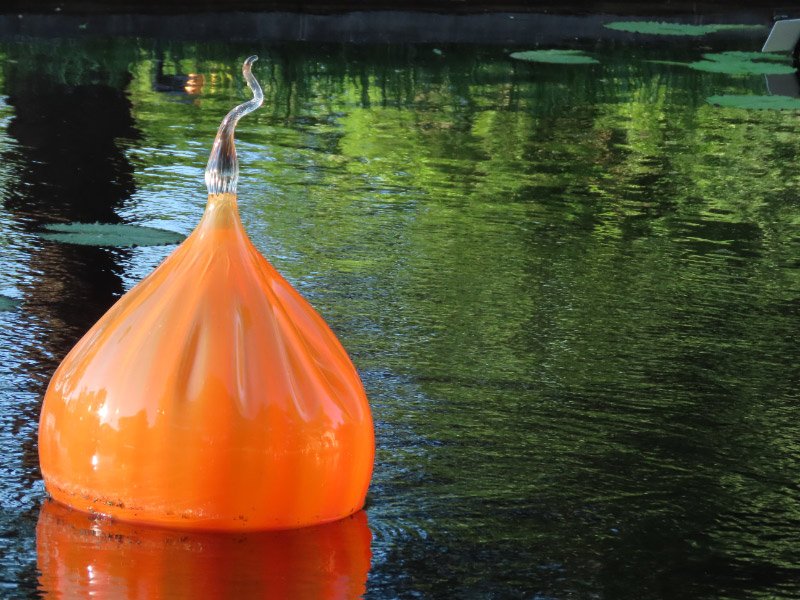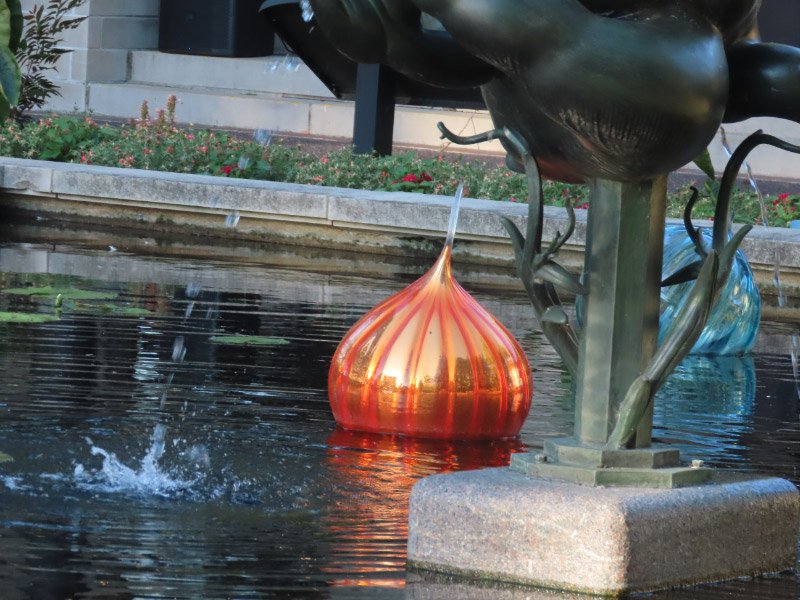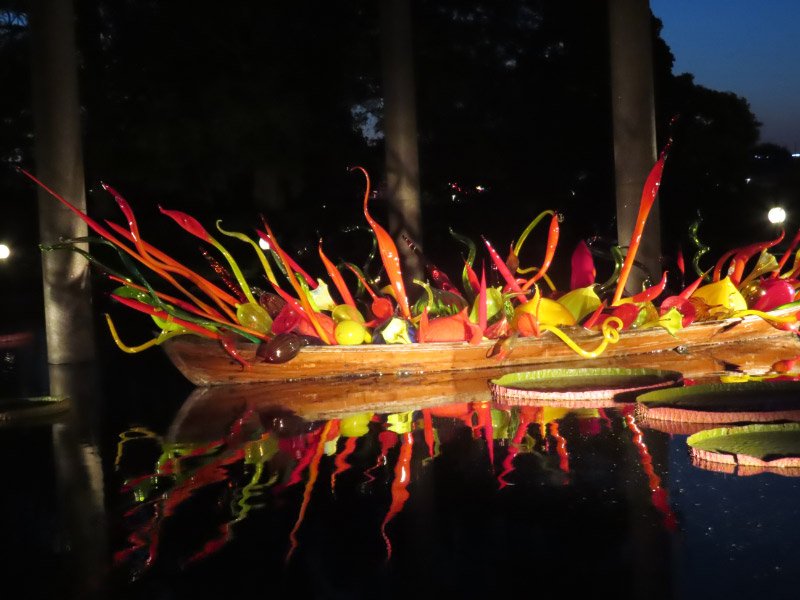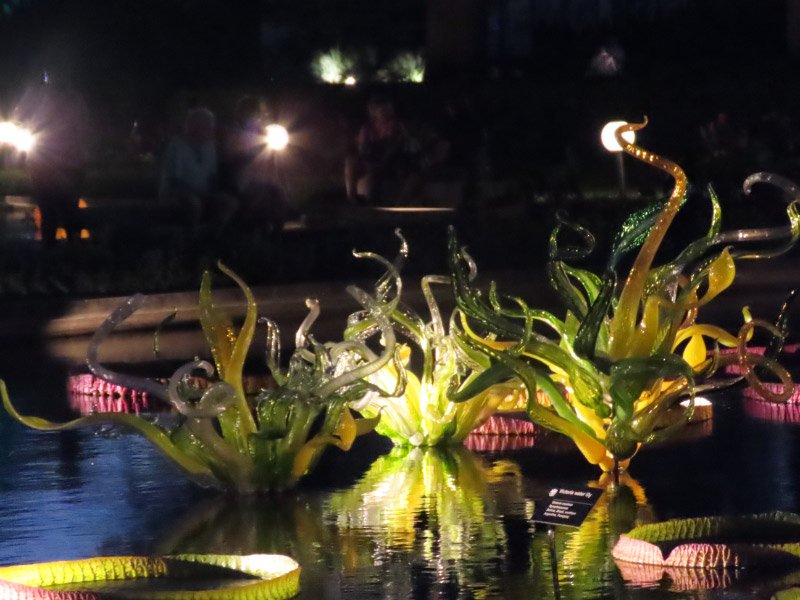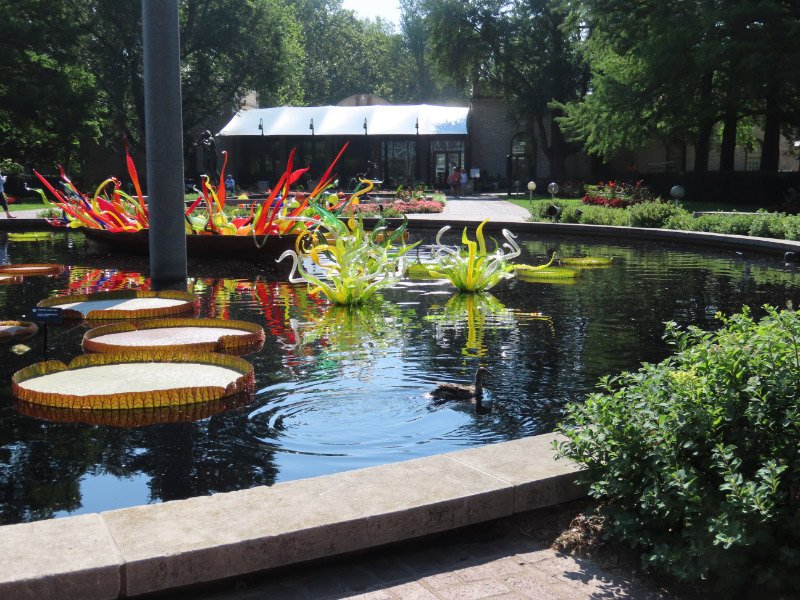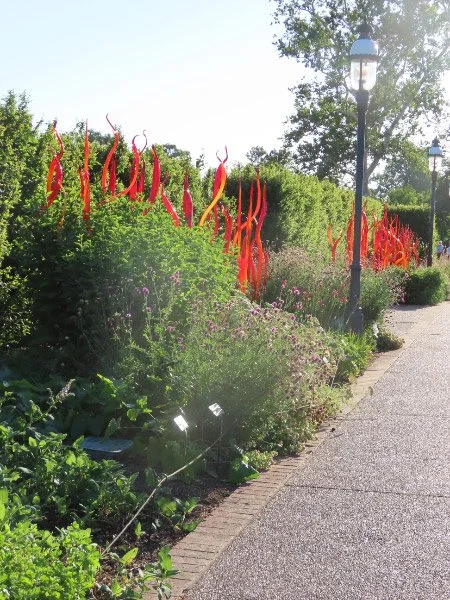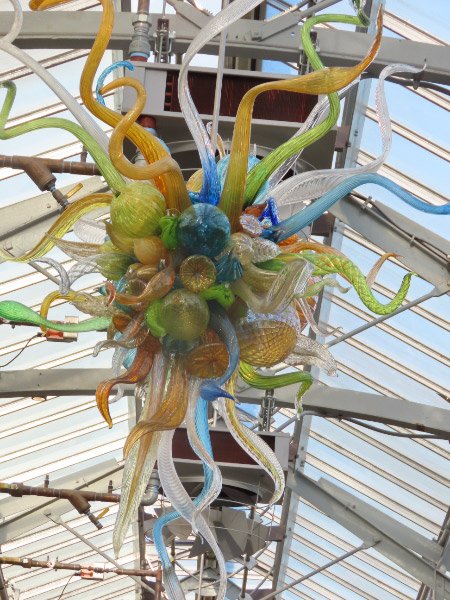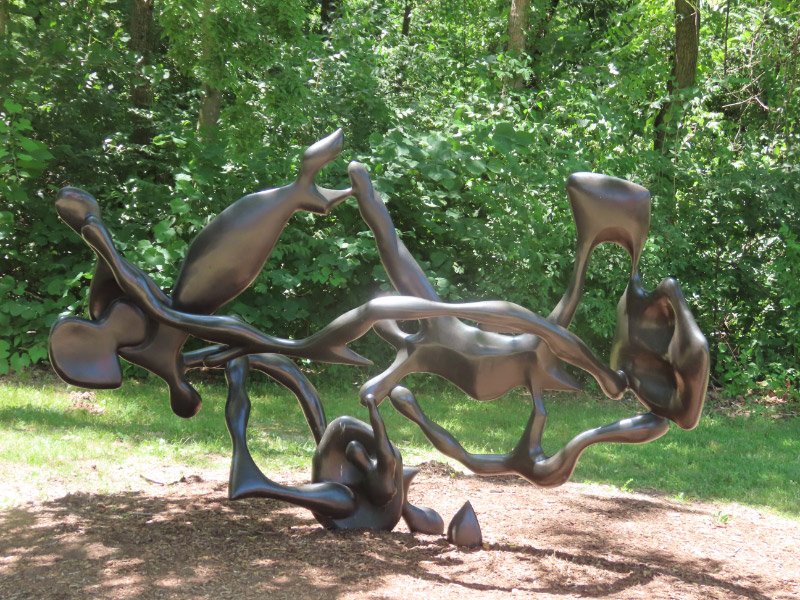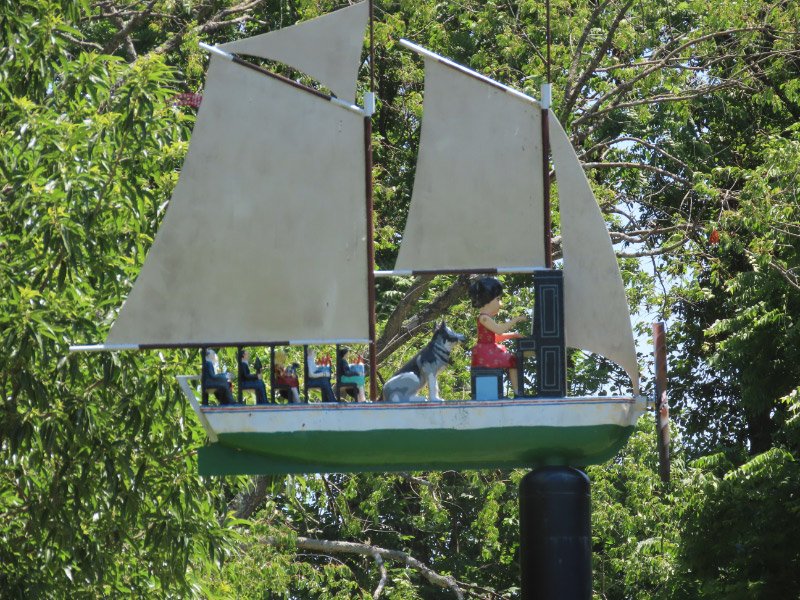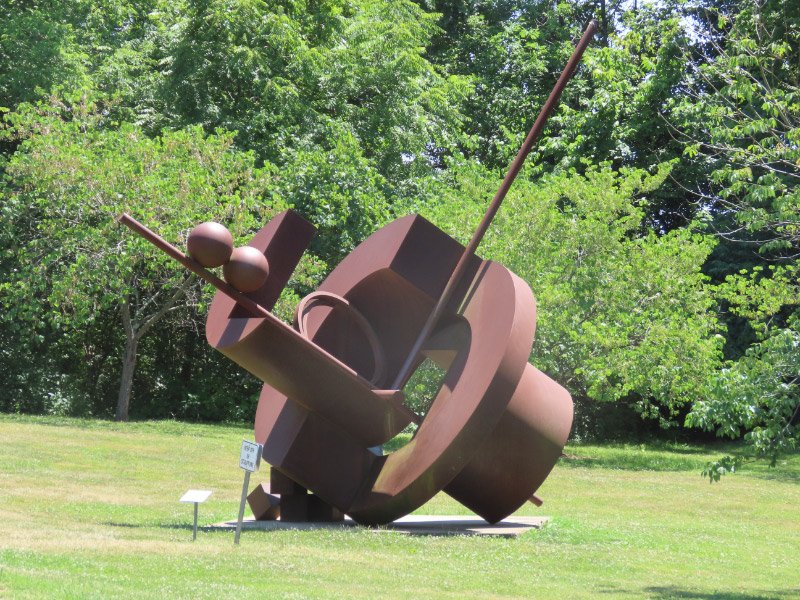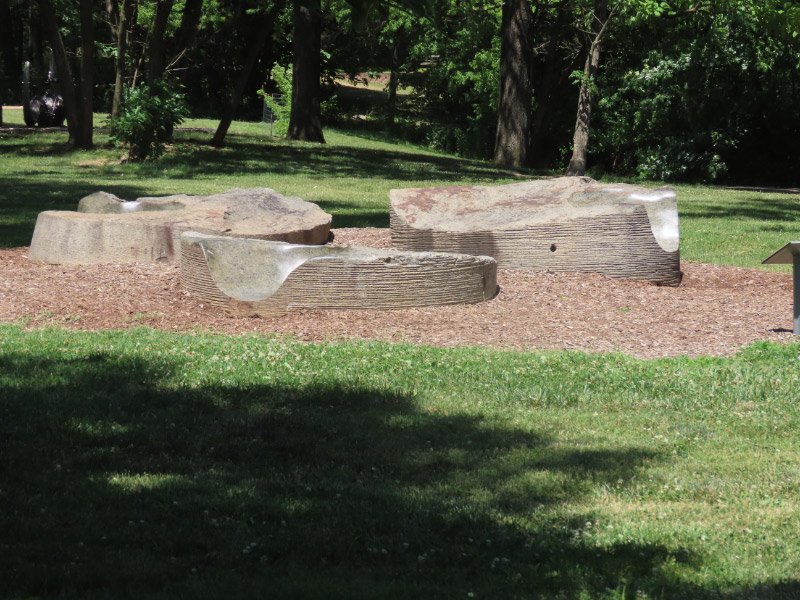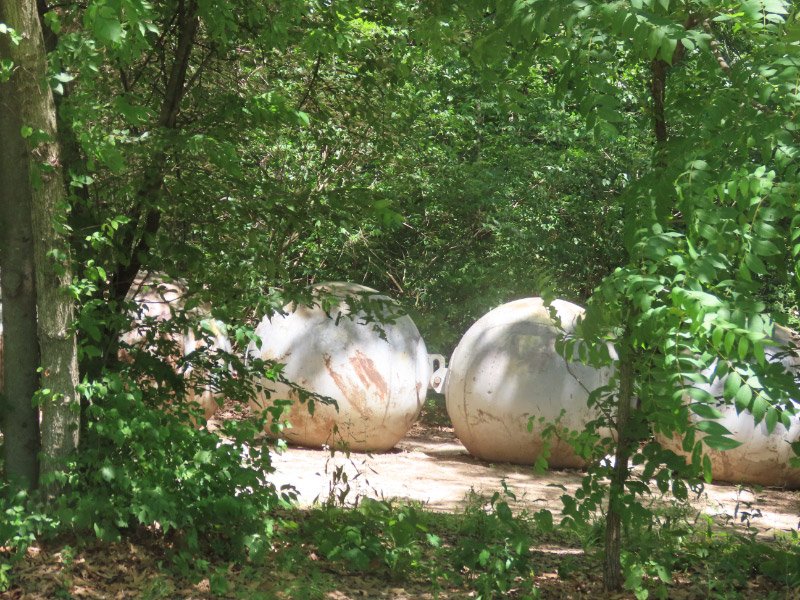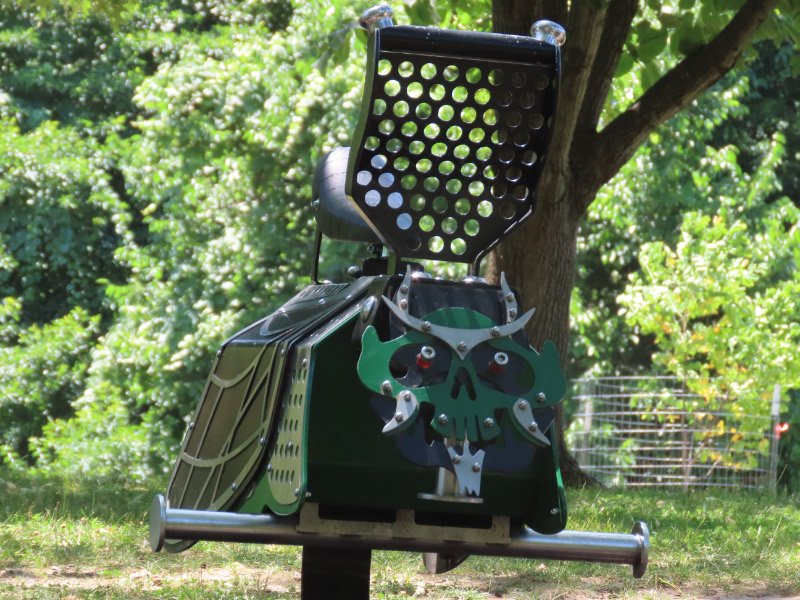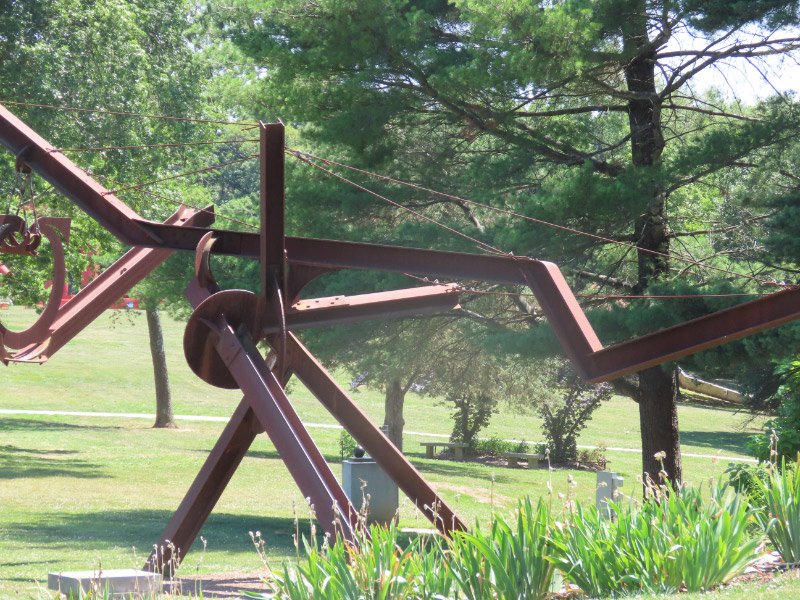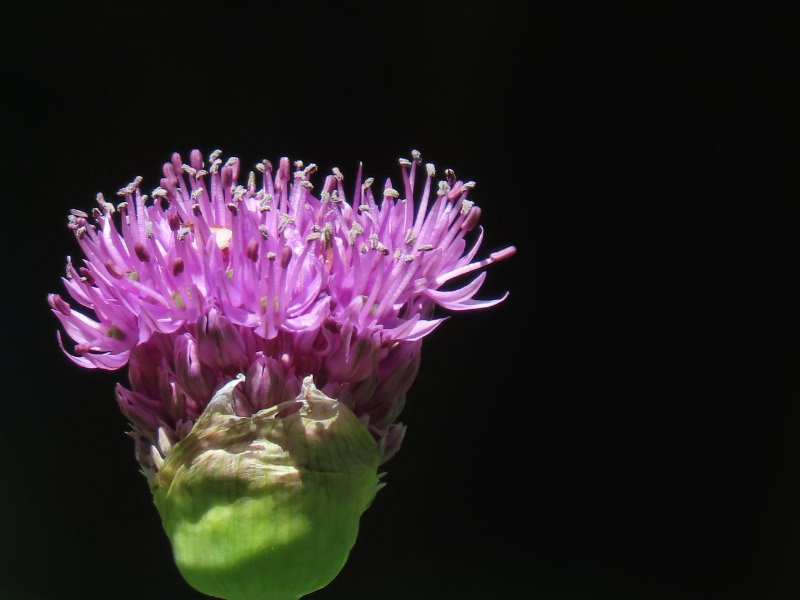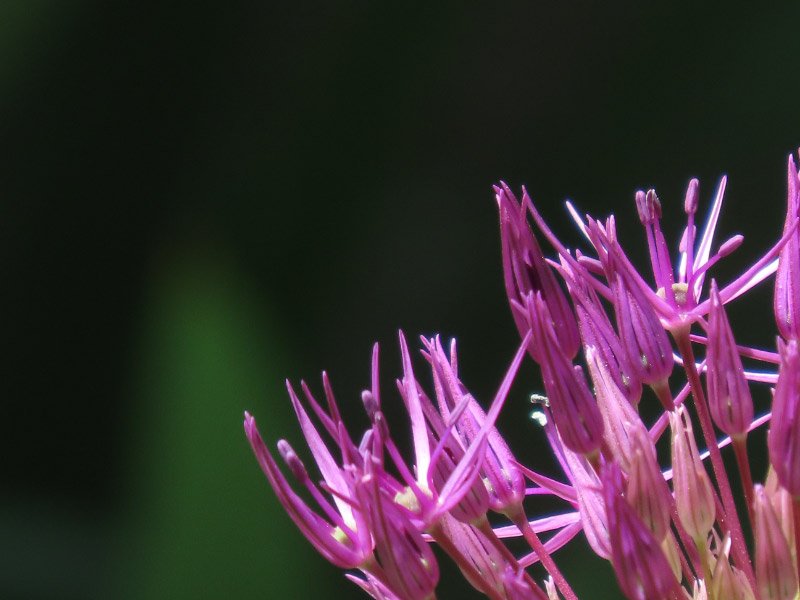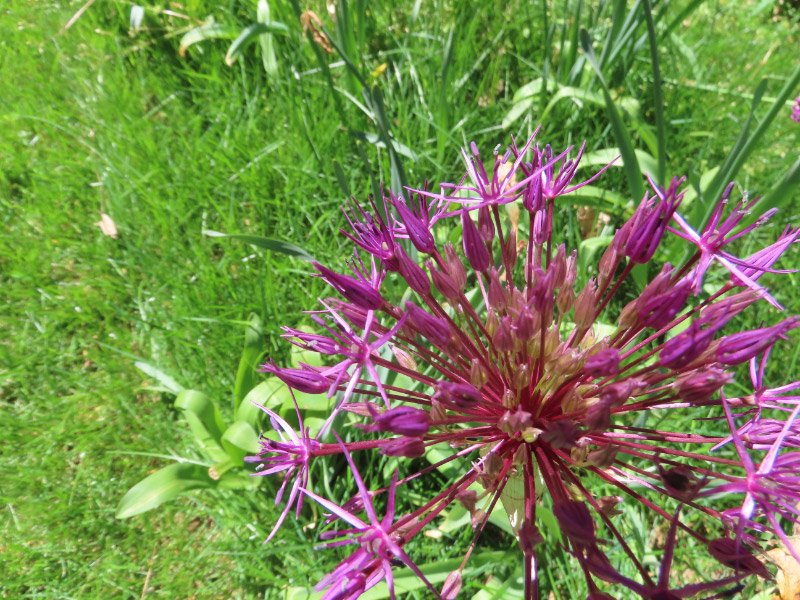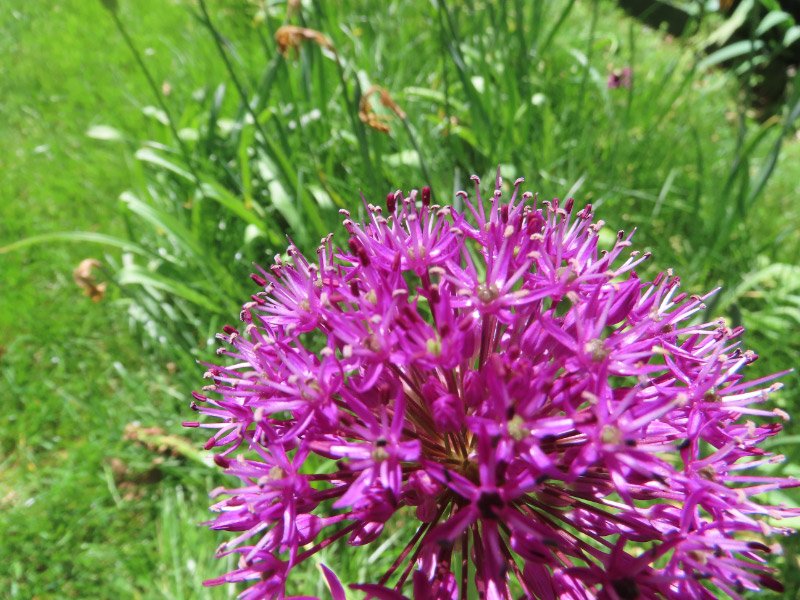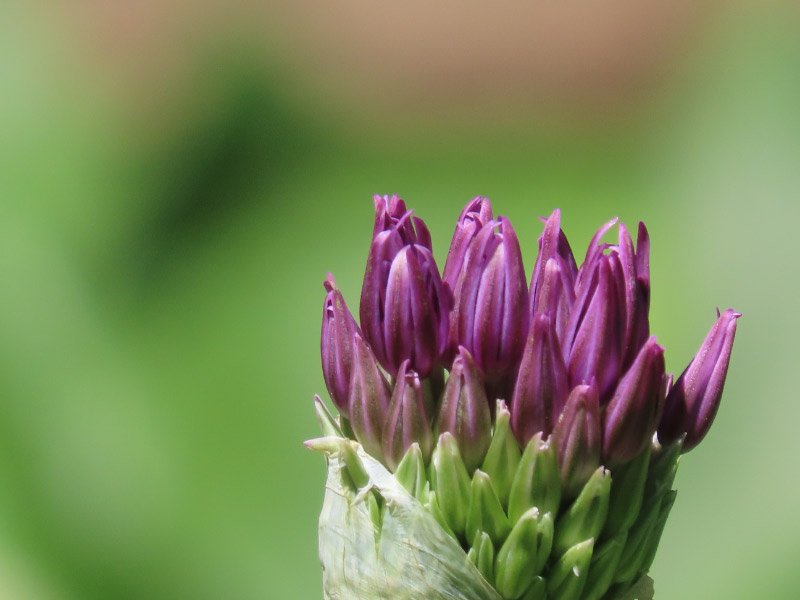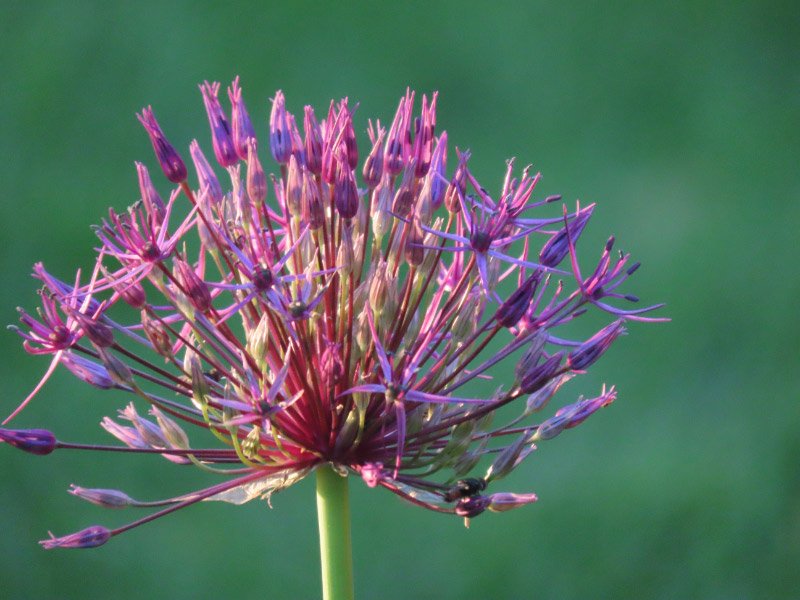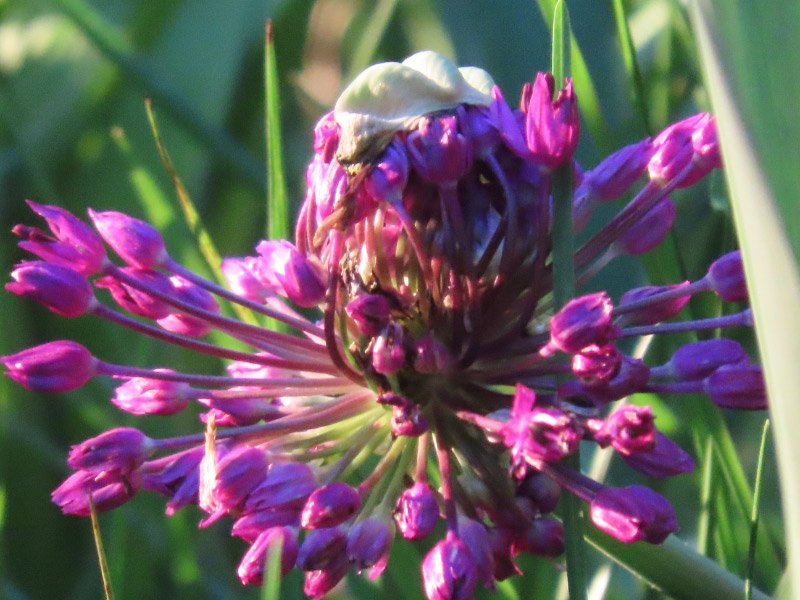The items below were ‘the cream’ of the articles and websites I found this past week. Click on the light green text to look at the article.
The ground is deforming, and buildings aren’t ready – Underground climate change in urban areas where heat islands underground cause enough expansions and contractions to damage building foundations…particularly in older buildings.
How noise pollution impacts nature – A study out of Vail, Colorado, showed that increased trail use by hikers and mountain bikers disturbed elk so much the cows birthed fewer calves. Another out of Grand Teton National Park showed that backcountry skiers scared bighorn sheep during winter when food was scarce, with potentially lethal consequences.
Hospital understaffing and poor work conditions associated with physician and nurse burnout and intent to leave - The study from the University of Pennsylvania School of Nursing found that physicians and nurses, even at hospitals known to be good places to work, experienced adverse outcomes during the pandemic and want hospital management to make significant improvements in their work environments and in patient safety. The solutions to high hospital clinician burnout and turnover, they say, are organizational improvements that provide safe workloads and better work-life balance NOT resilience training for clinicians to better cope with adverse working conditions.
The simple ways cities can adapt to heatwaves – Heat monitoring and planning is become more important for cities…the climate emergency in cities is a health emergency.
New biodegradable plastics are compostable in your backyard – New plastic made from blue-green cyanobacteria that isstronger and stiffer than previous plastics from the same raw ingredient. They can be recycled…but also degrade rapidly in the environment.
Giant Hand Axes Discovered in England Point to Prehistoric Humans’ ‘Strength and Skill’ – More than 300,000 years old perhaps from an interglacial period. Early Neanderthal people inhabited Britain then…and maybe other archaic human species too.
Germs, genes and soil: tales of pathogens past – DNA sequencers and powerful computational tools…applied to ancient microbes…probing their role in human history. This article describes how the work is done, ethical considerations…using examples of what has been accomplished so far. The field of archaeogenetics is just beginning.
Back from the Dead: New Hope for Resurrecting Extinct Plants – There is a global effort to digitize herbaria specimens which had helped identify holdings of extinct plants…sometimes finding seeds. And then the challenge is how to best attempt to grow old seeds.
Pain risk varies significantly across states – Pain due to arthritis varies geographically in the US – with the moderate to severe pain being 23% in West Virginia vs 7% in Minnesota. There is also a difference between people that did not complete high school…and those who obtained at least a bachelor’s degree – with the delta being greatest in West Virginia, Arkansas, and Alabama. There is a need to focus on the macro-level policies (i.e. generally at the state level) while continuing current individual interventions.
The Acropolis Adopts Crowd Control Measures for the First Time – The post-pandemic travel surge is overwhelming at some places – including the Acropolis!

















